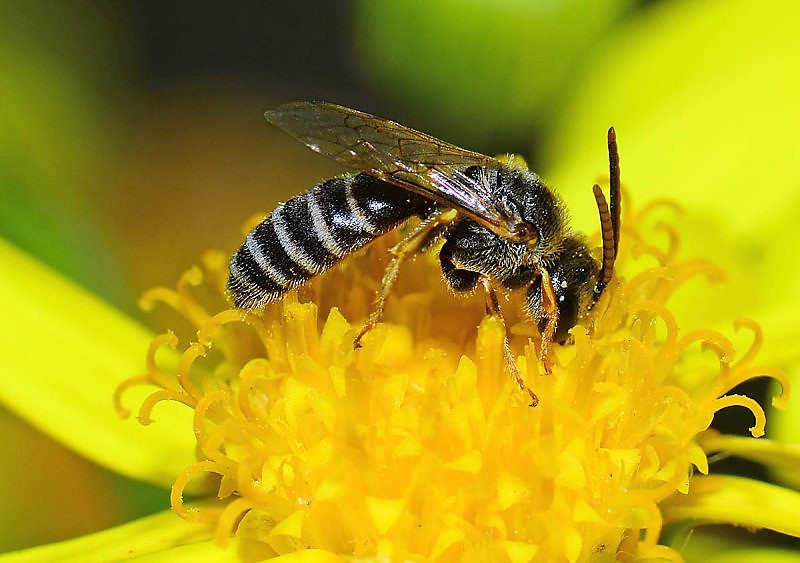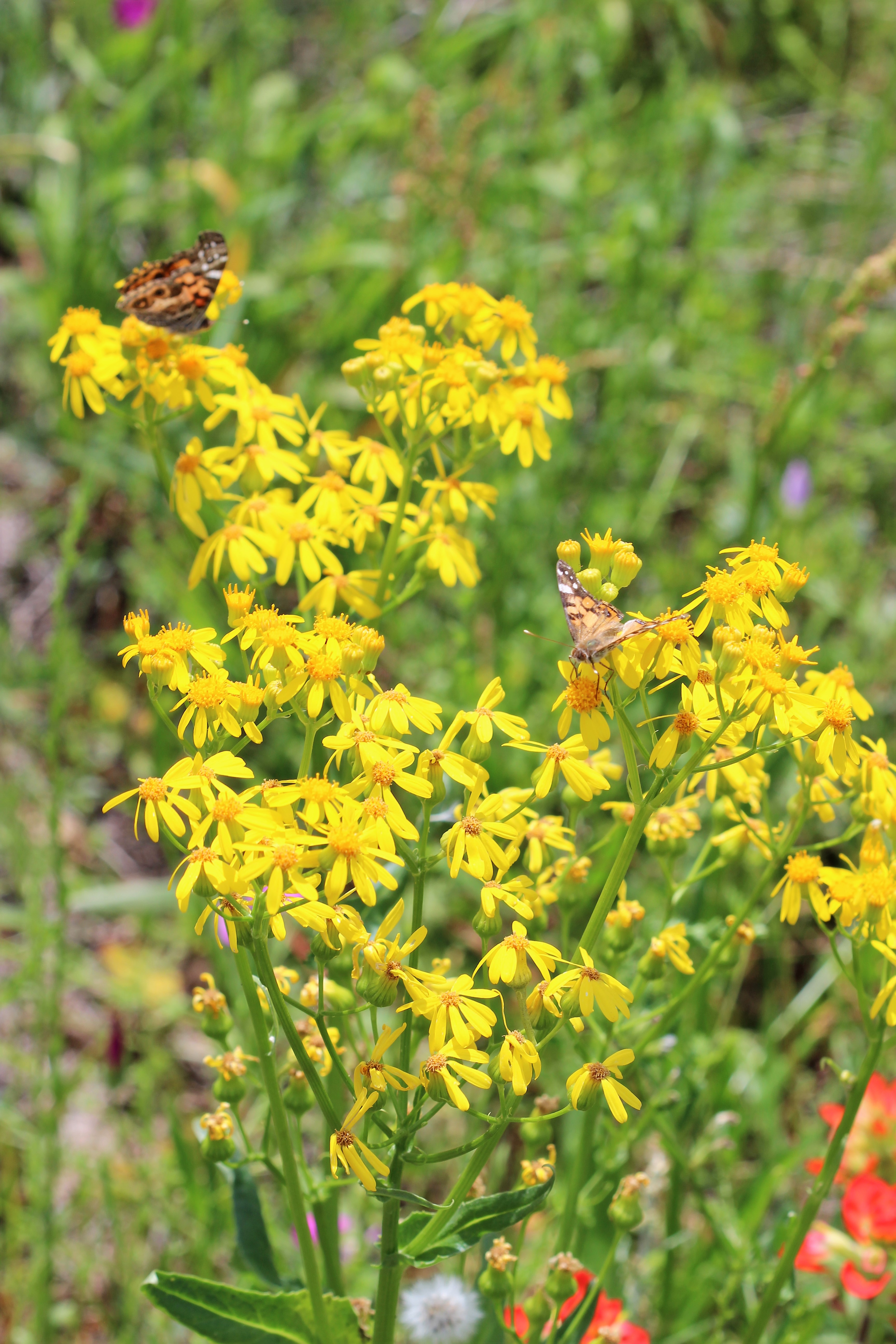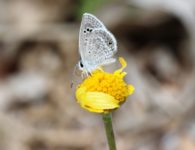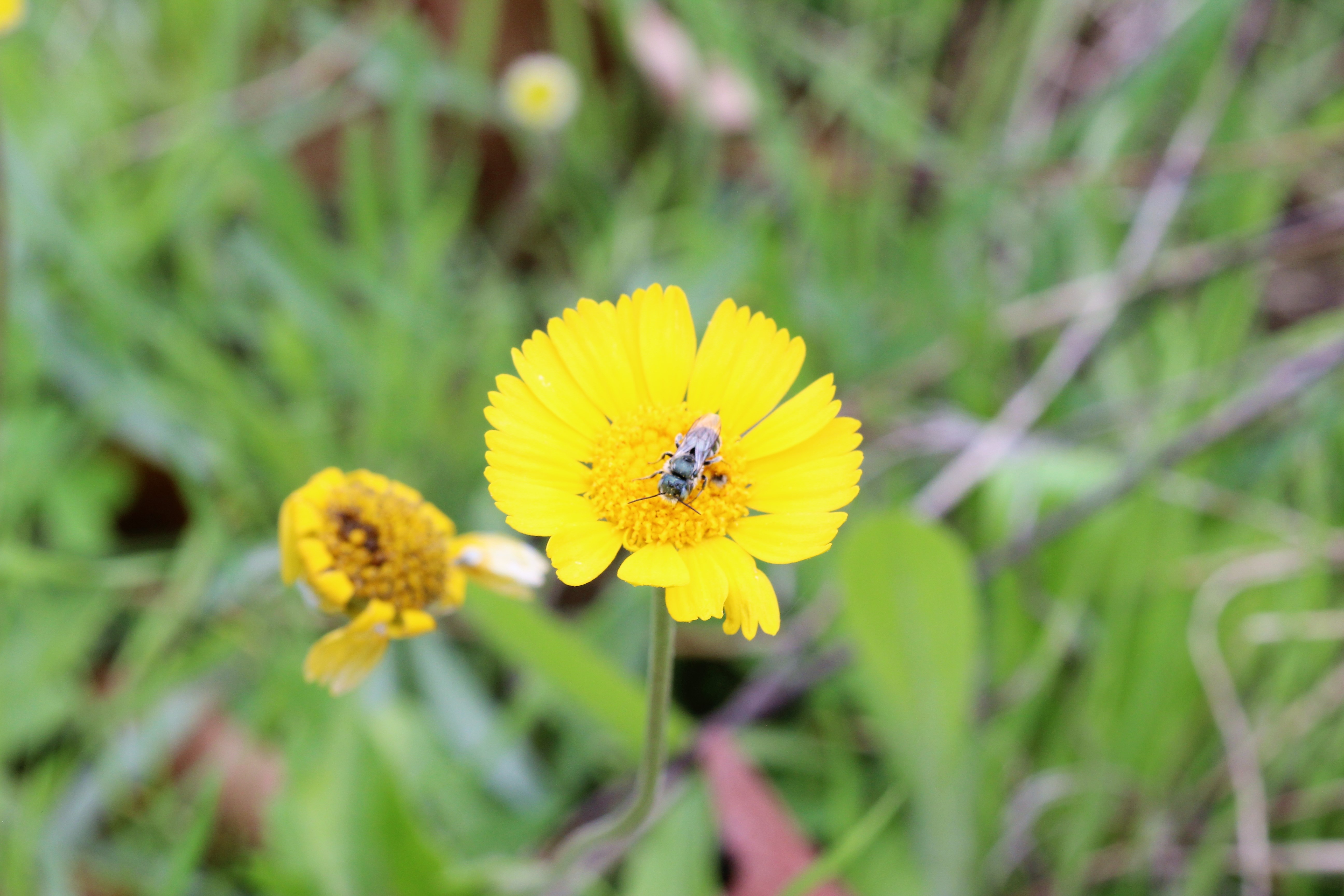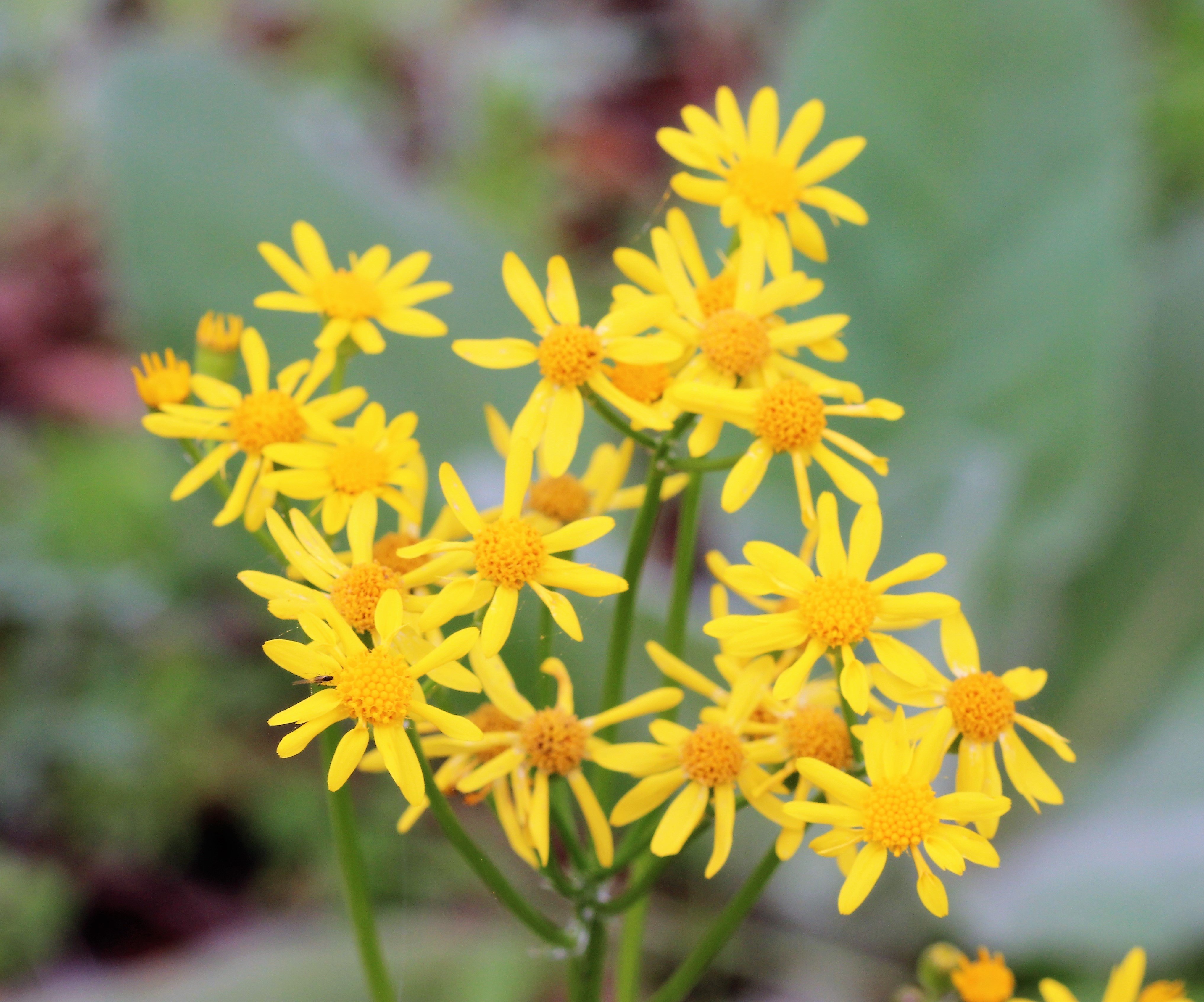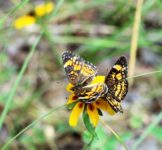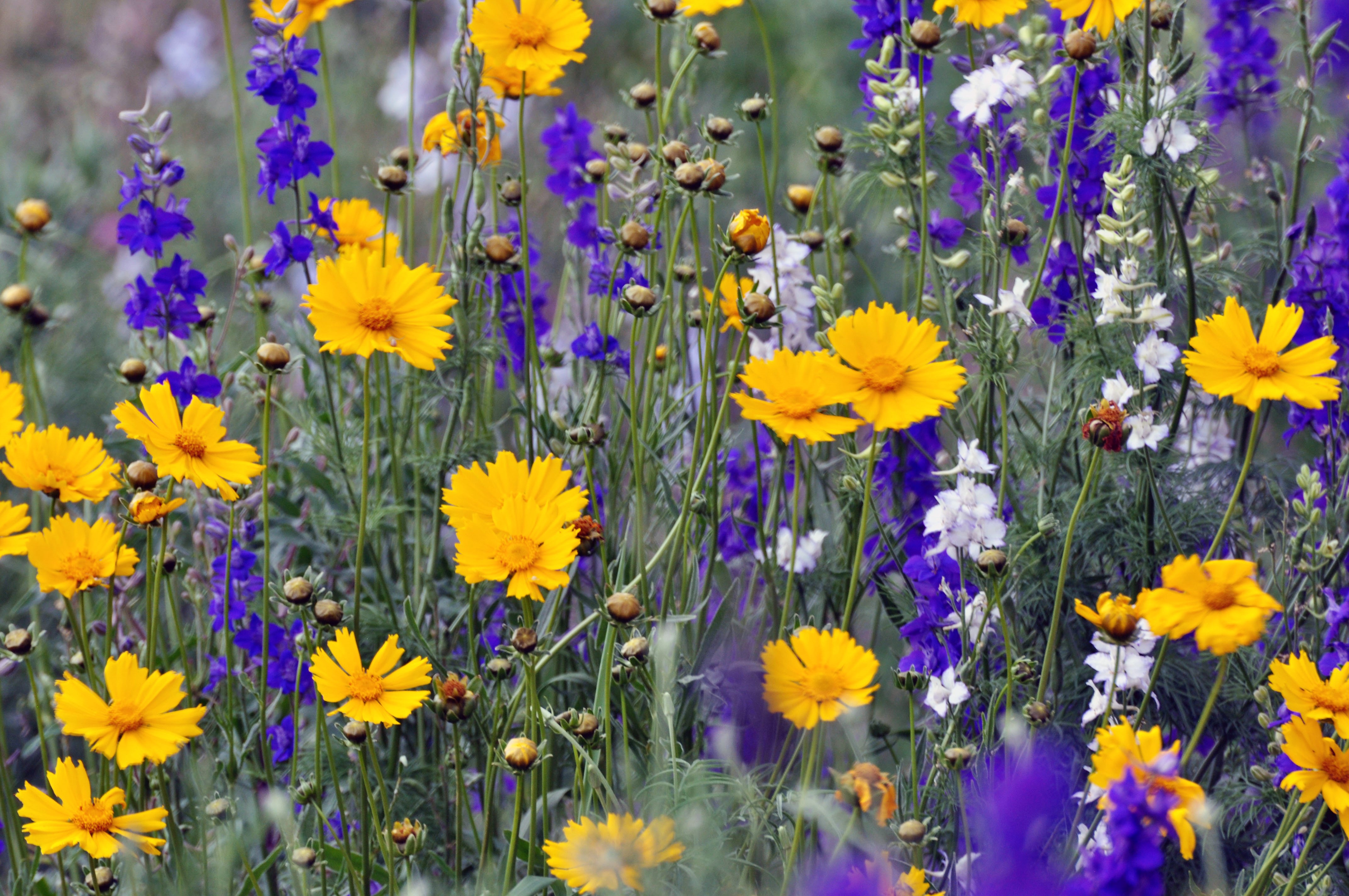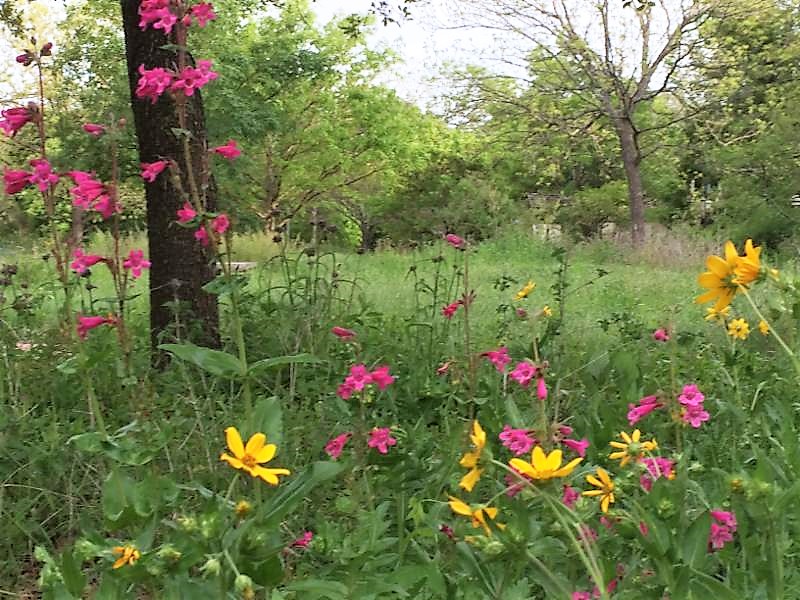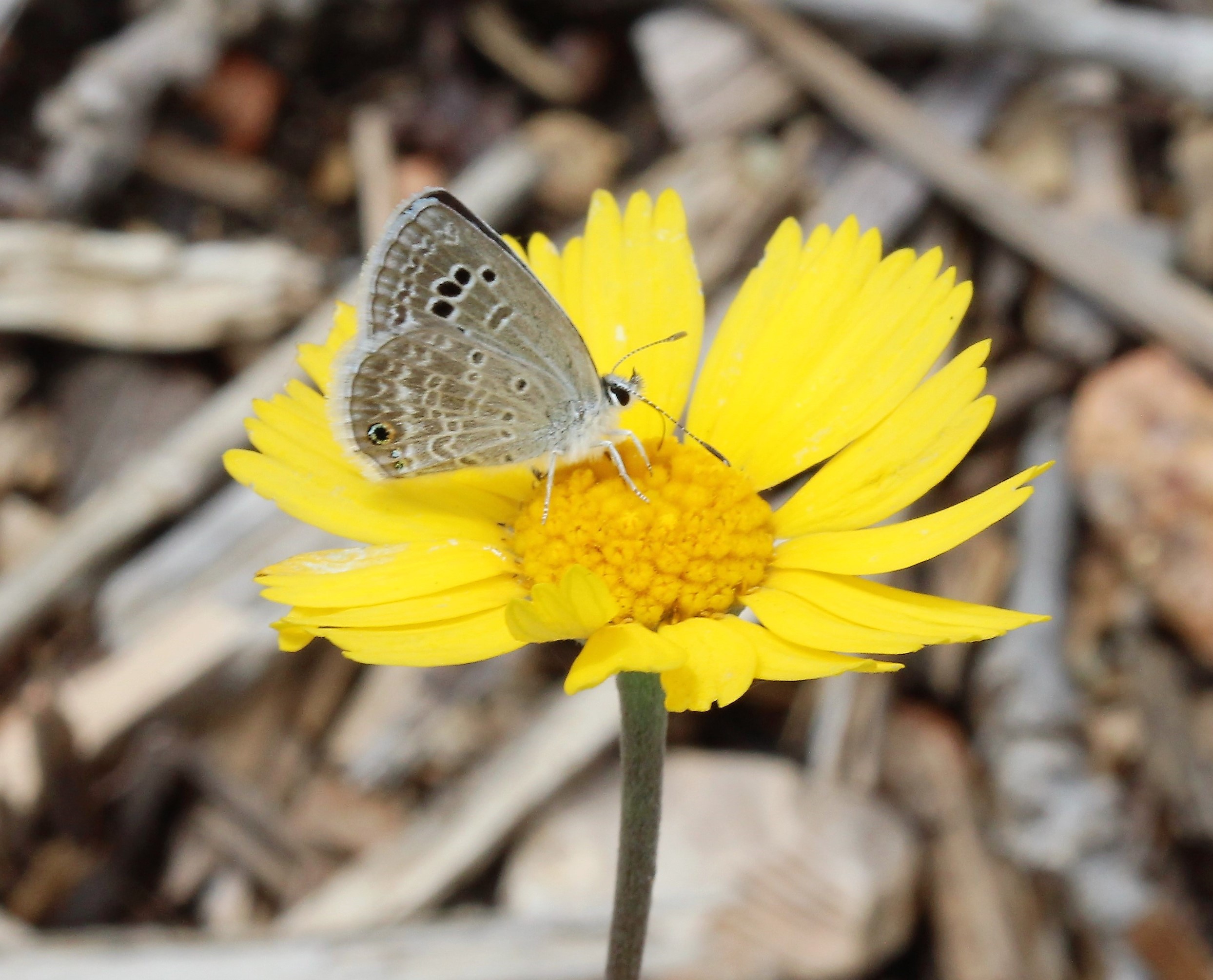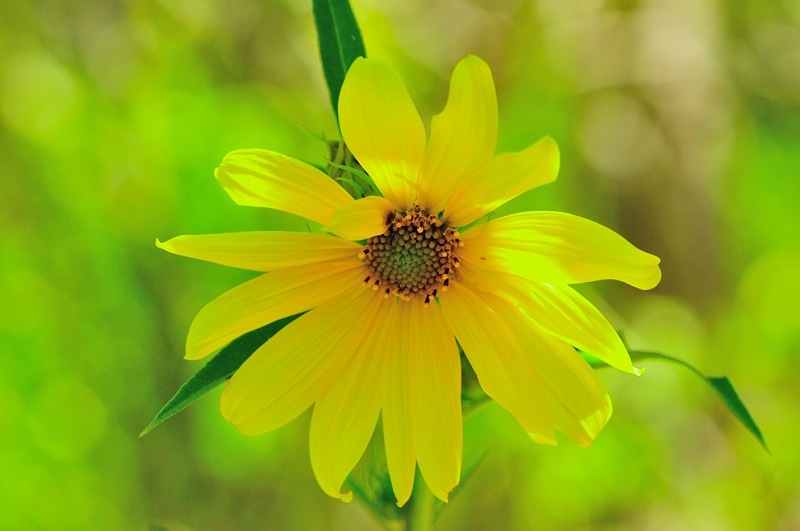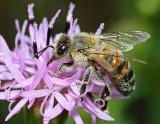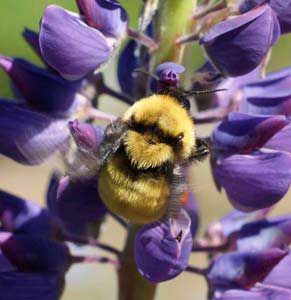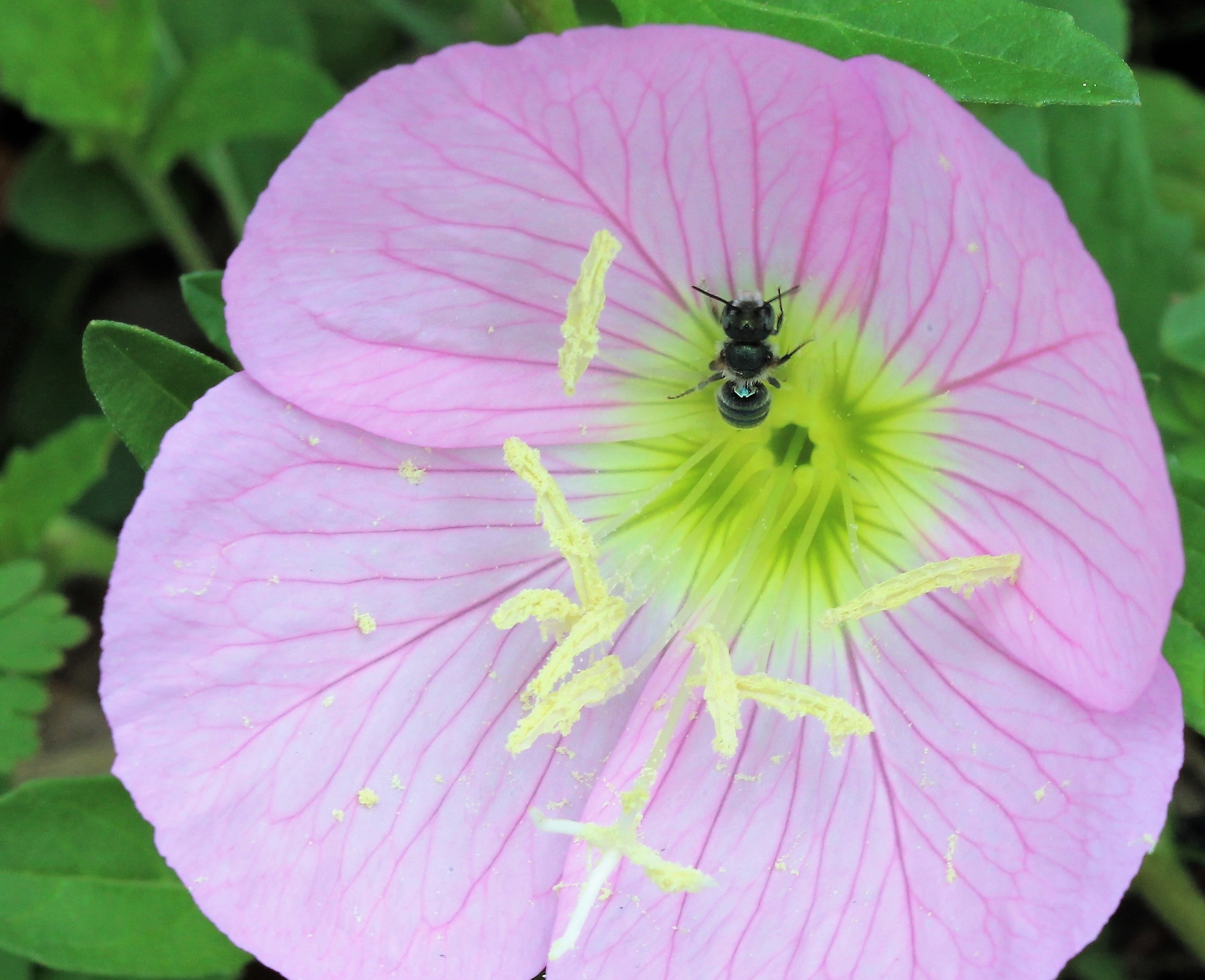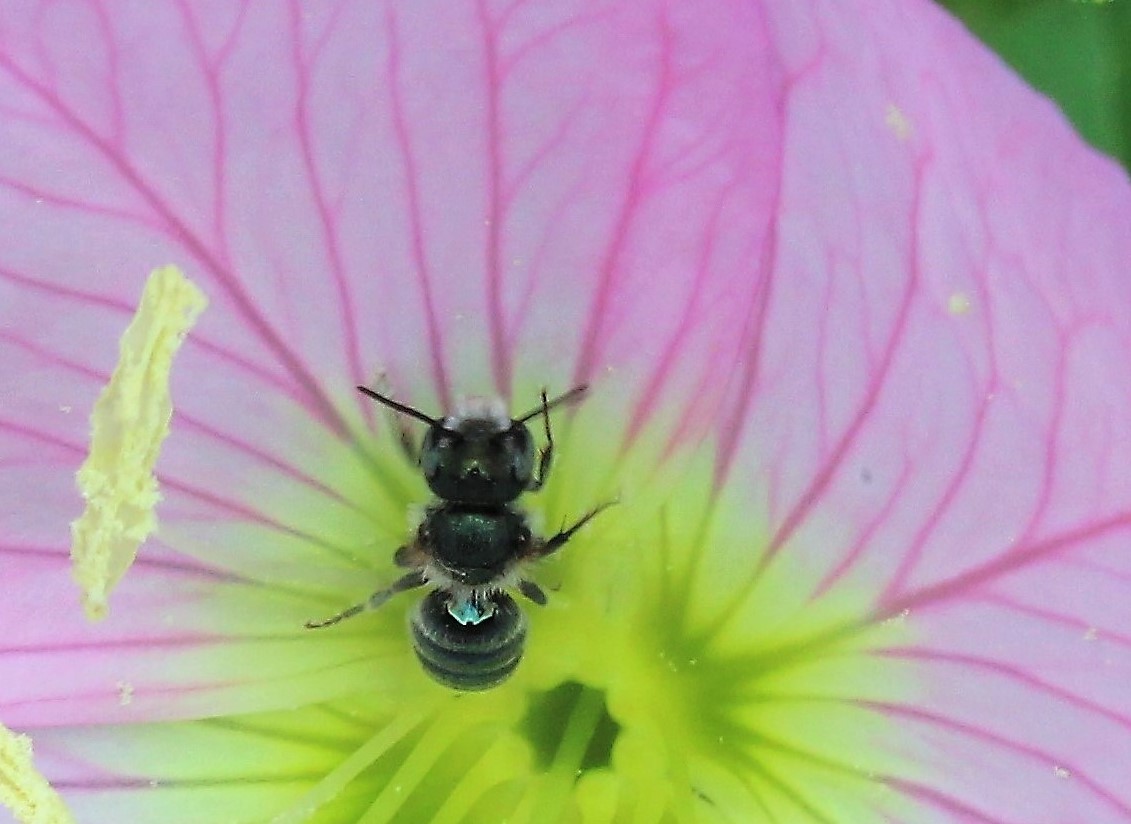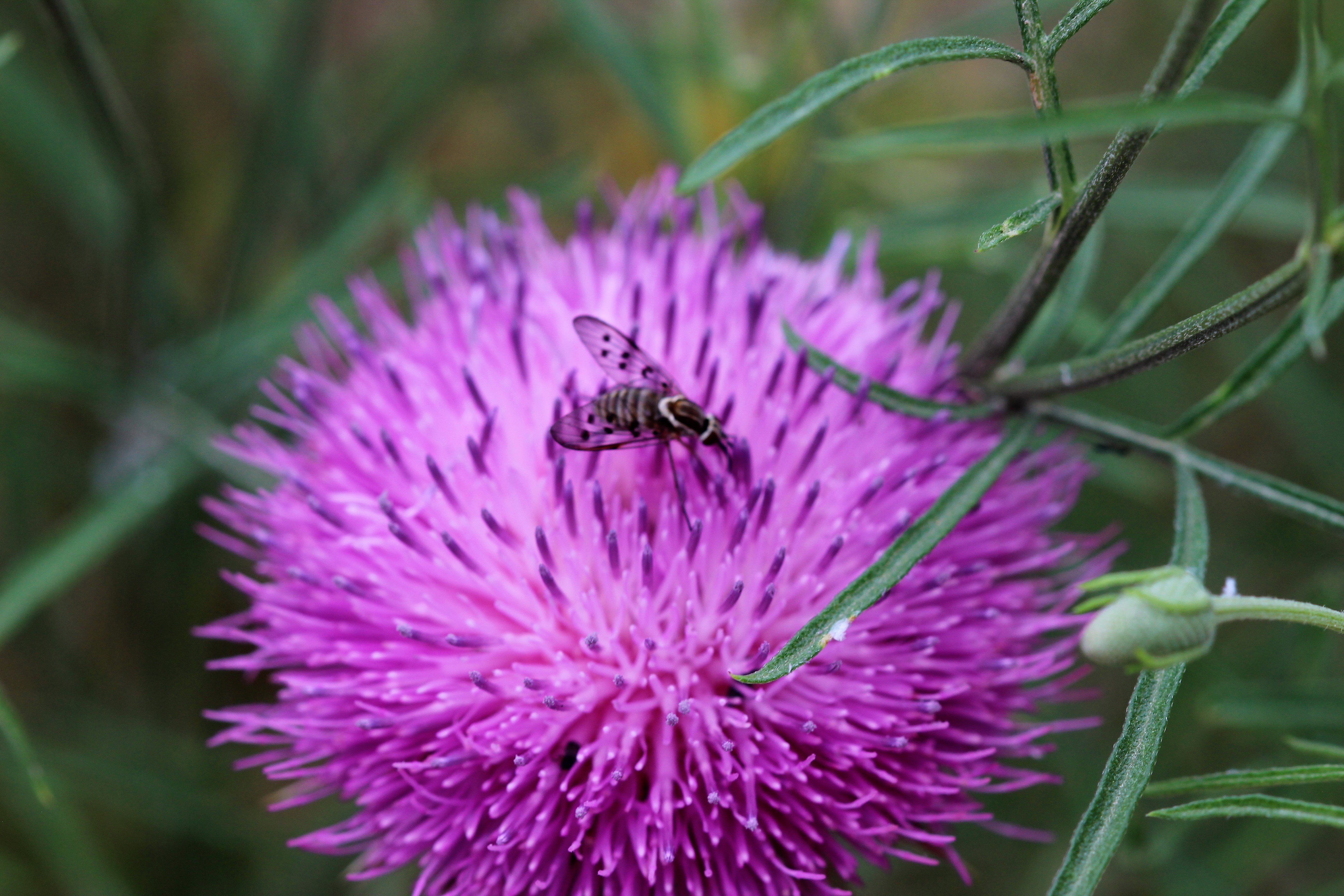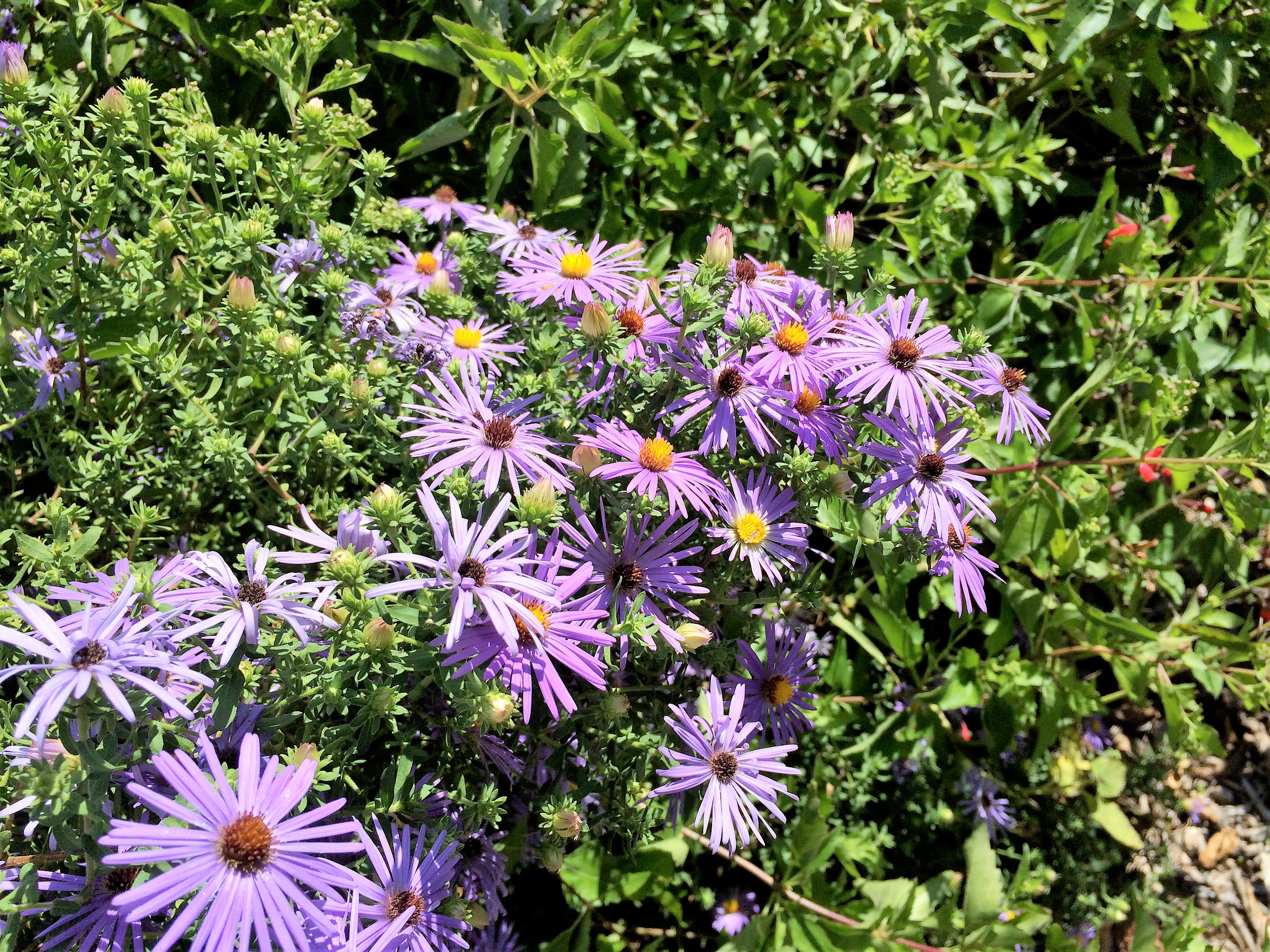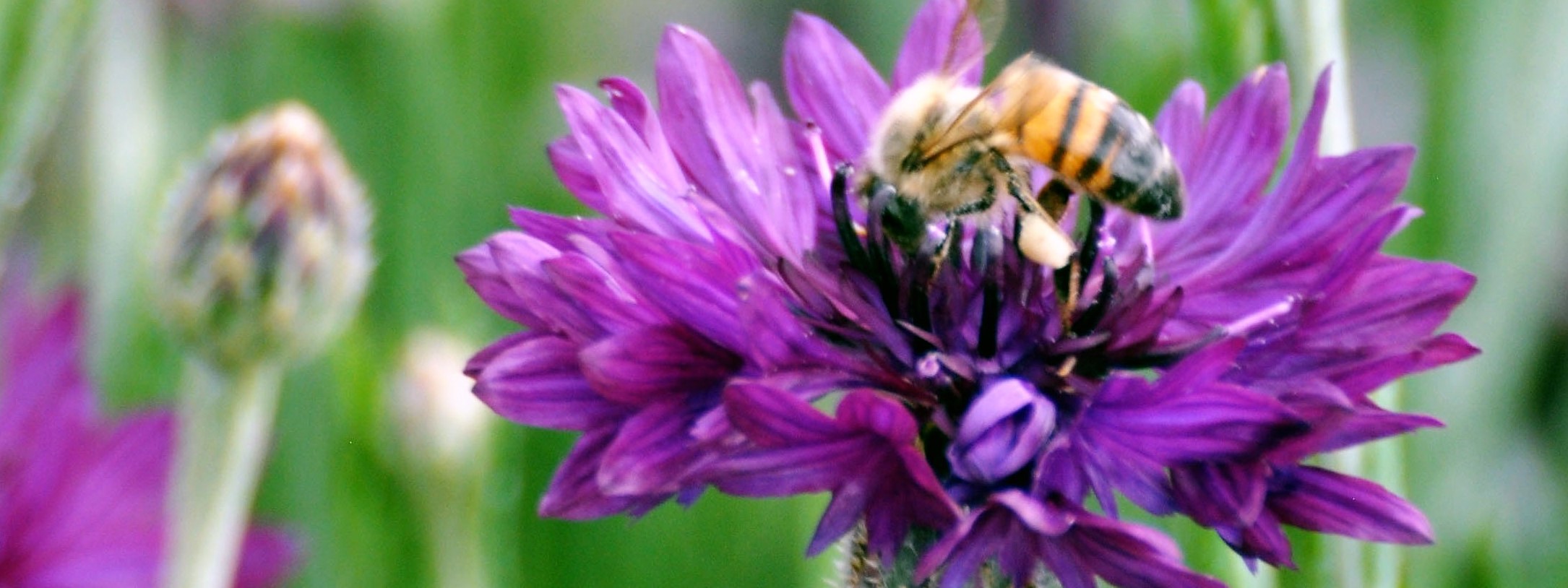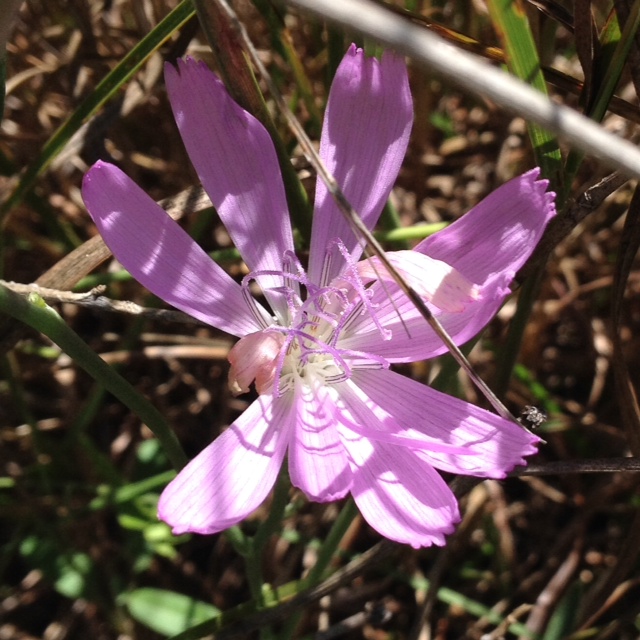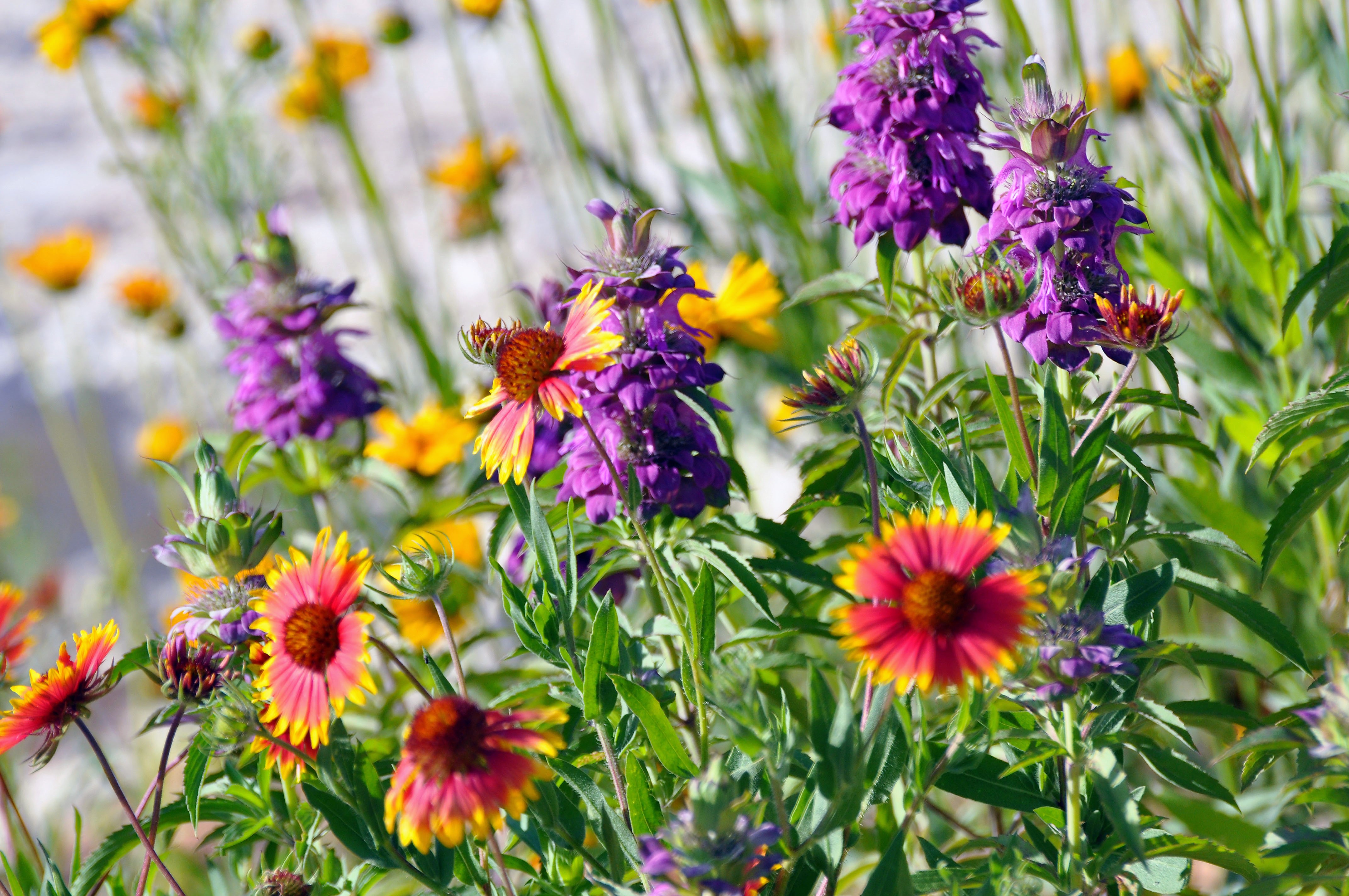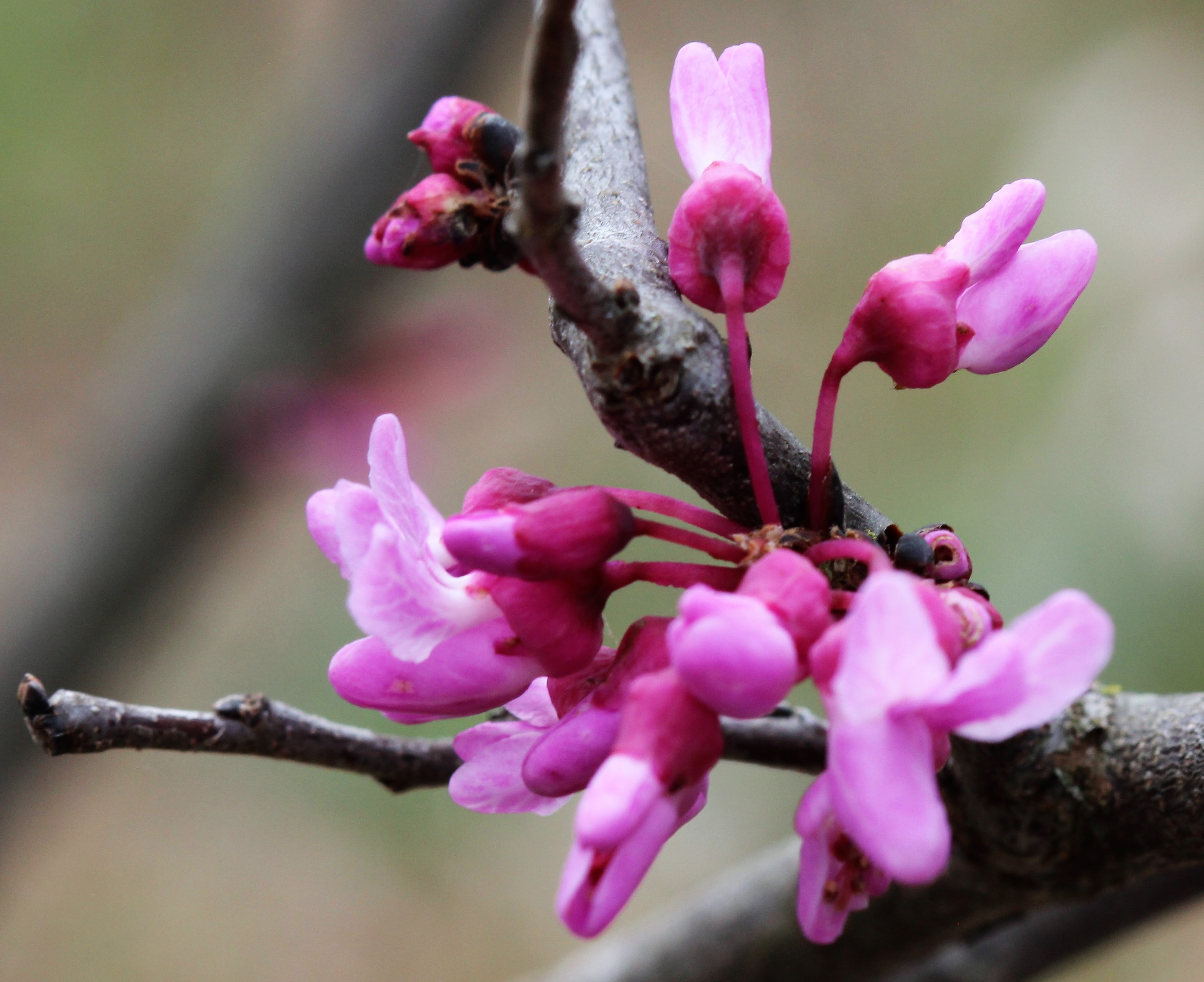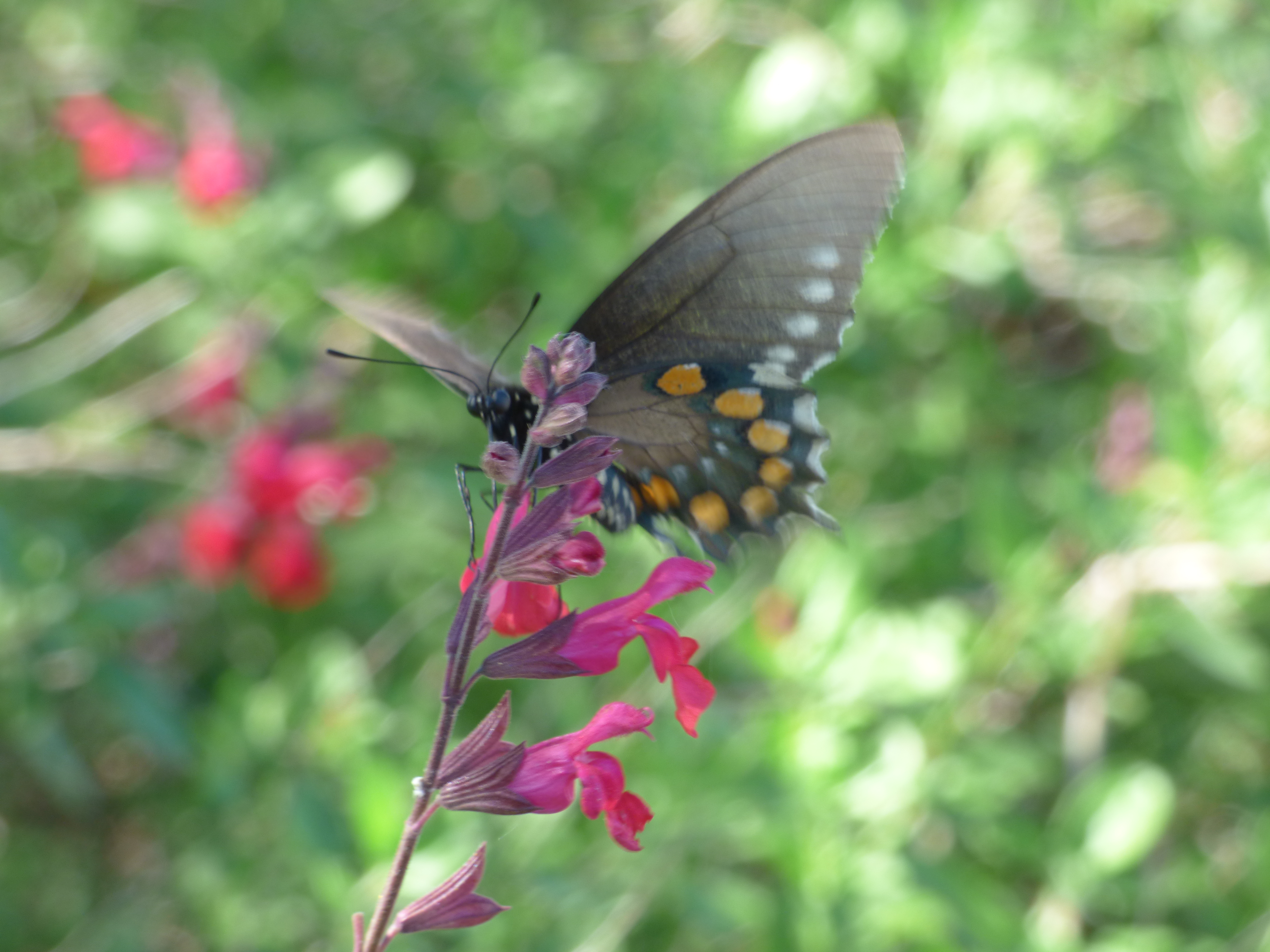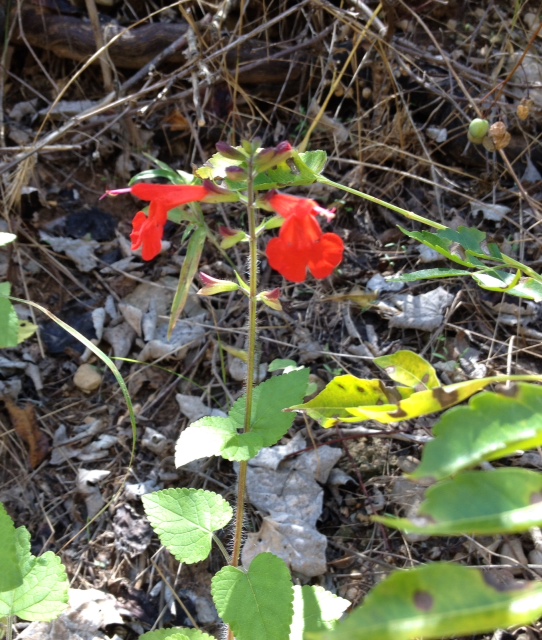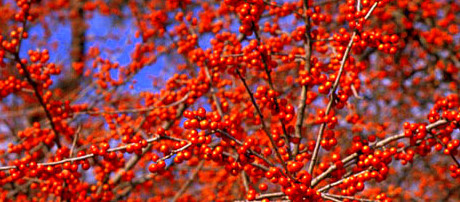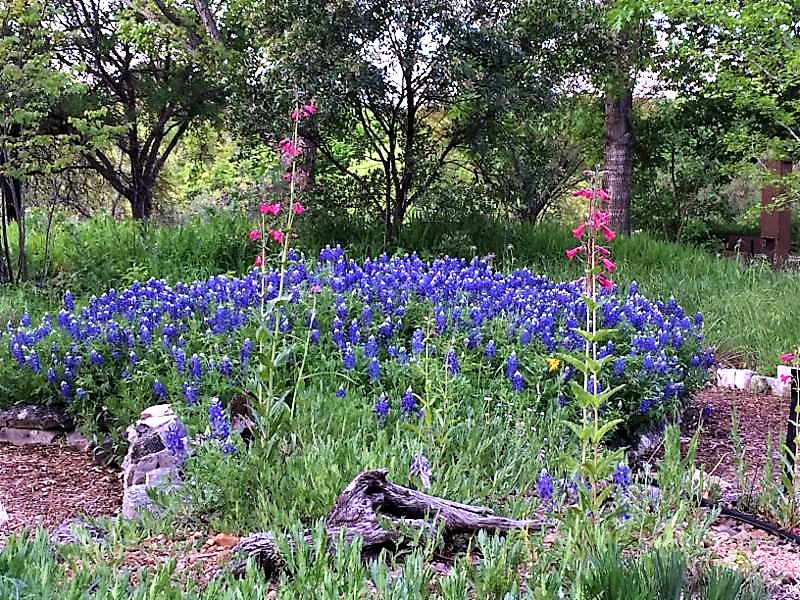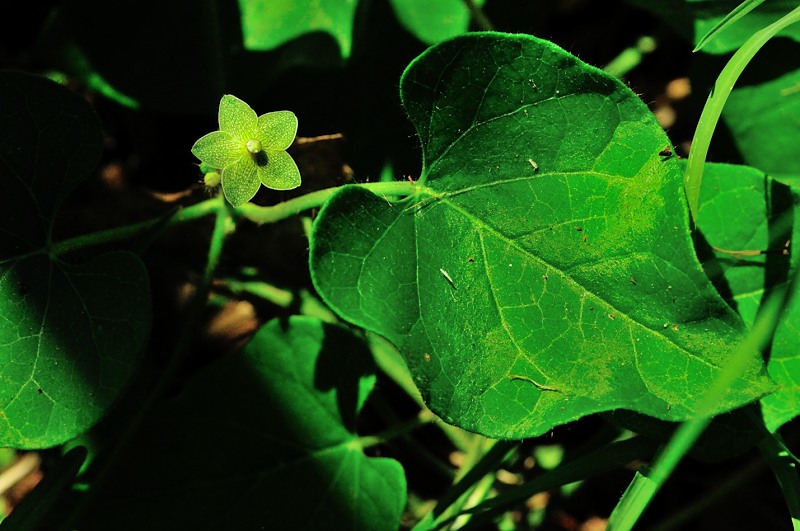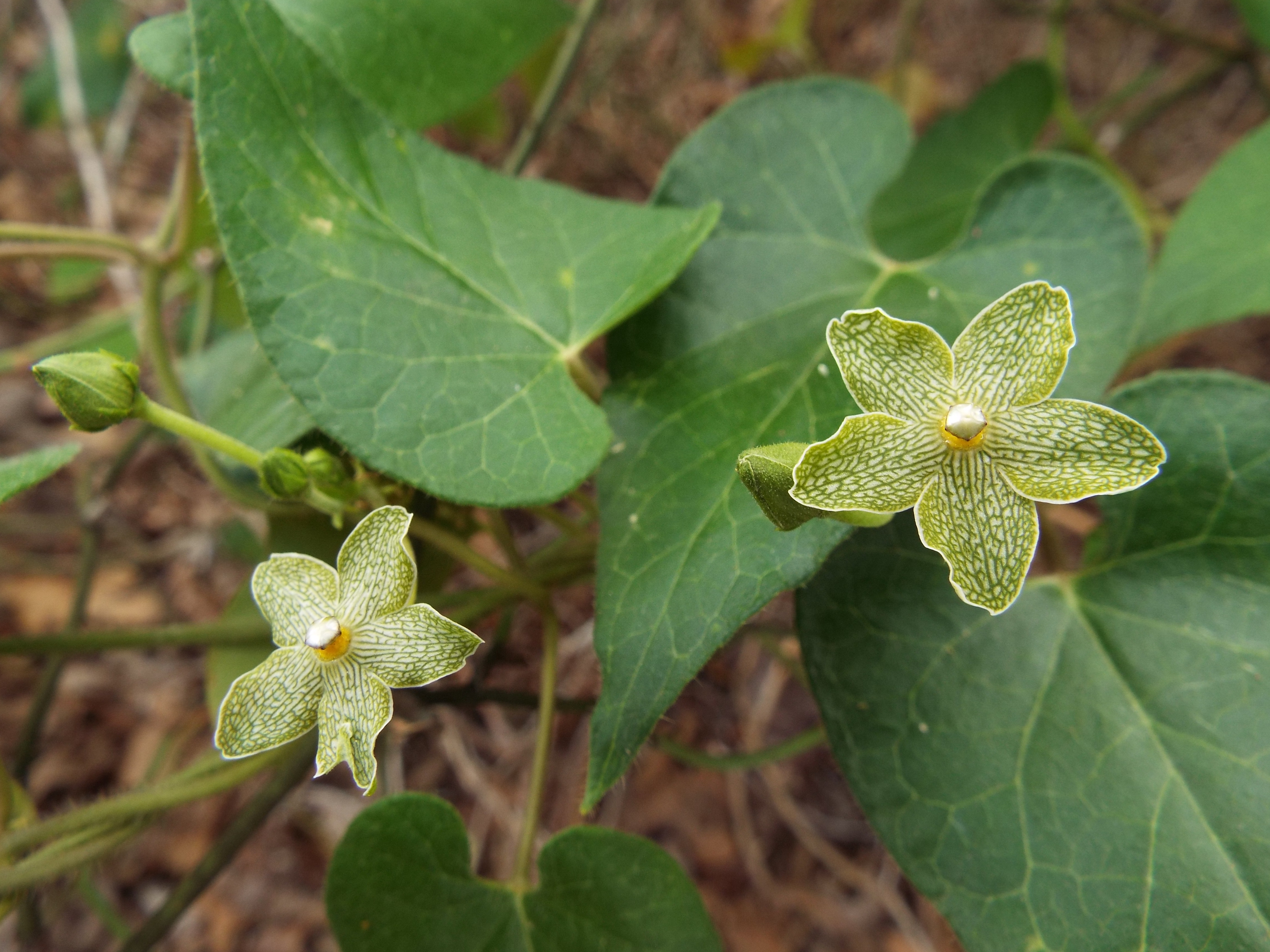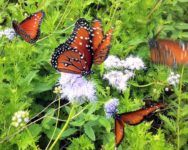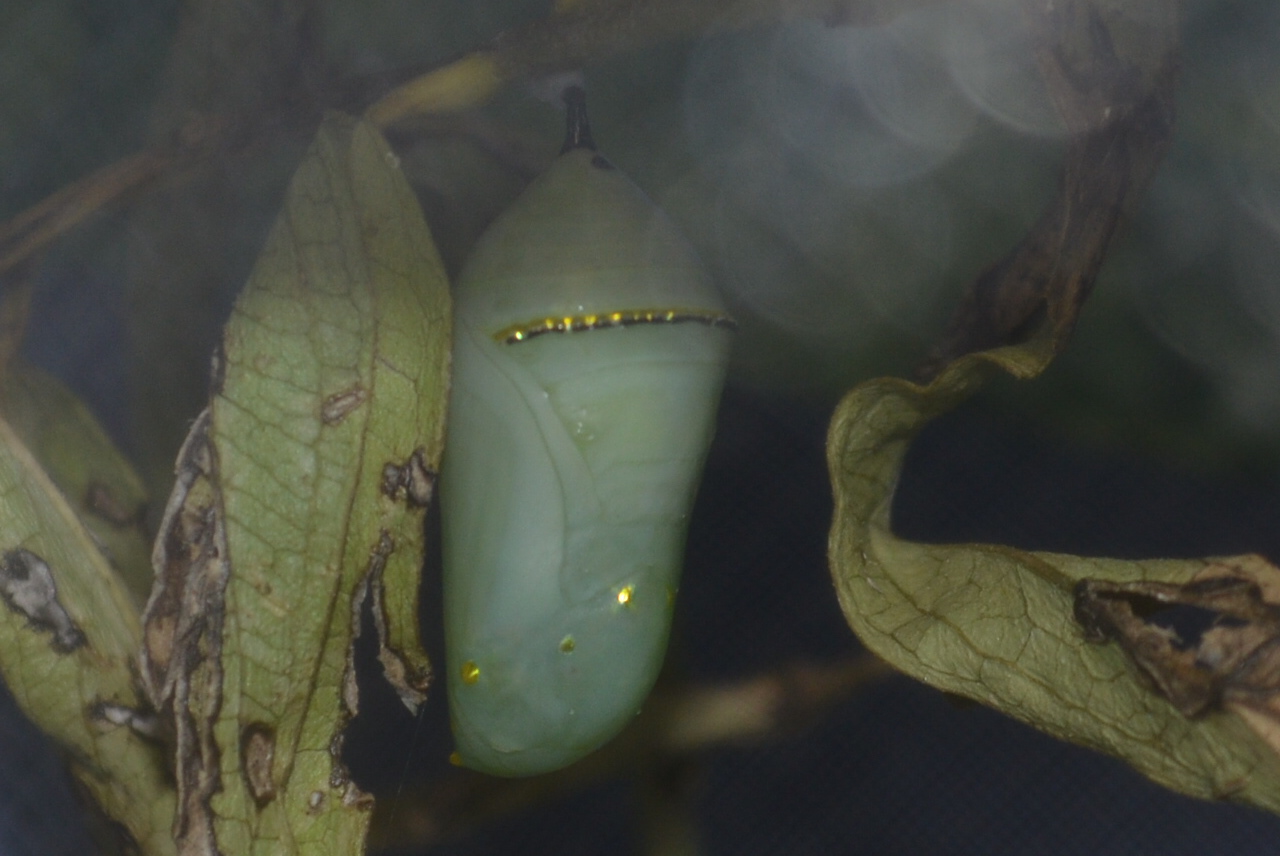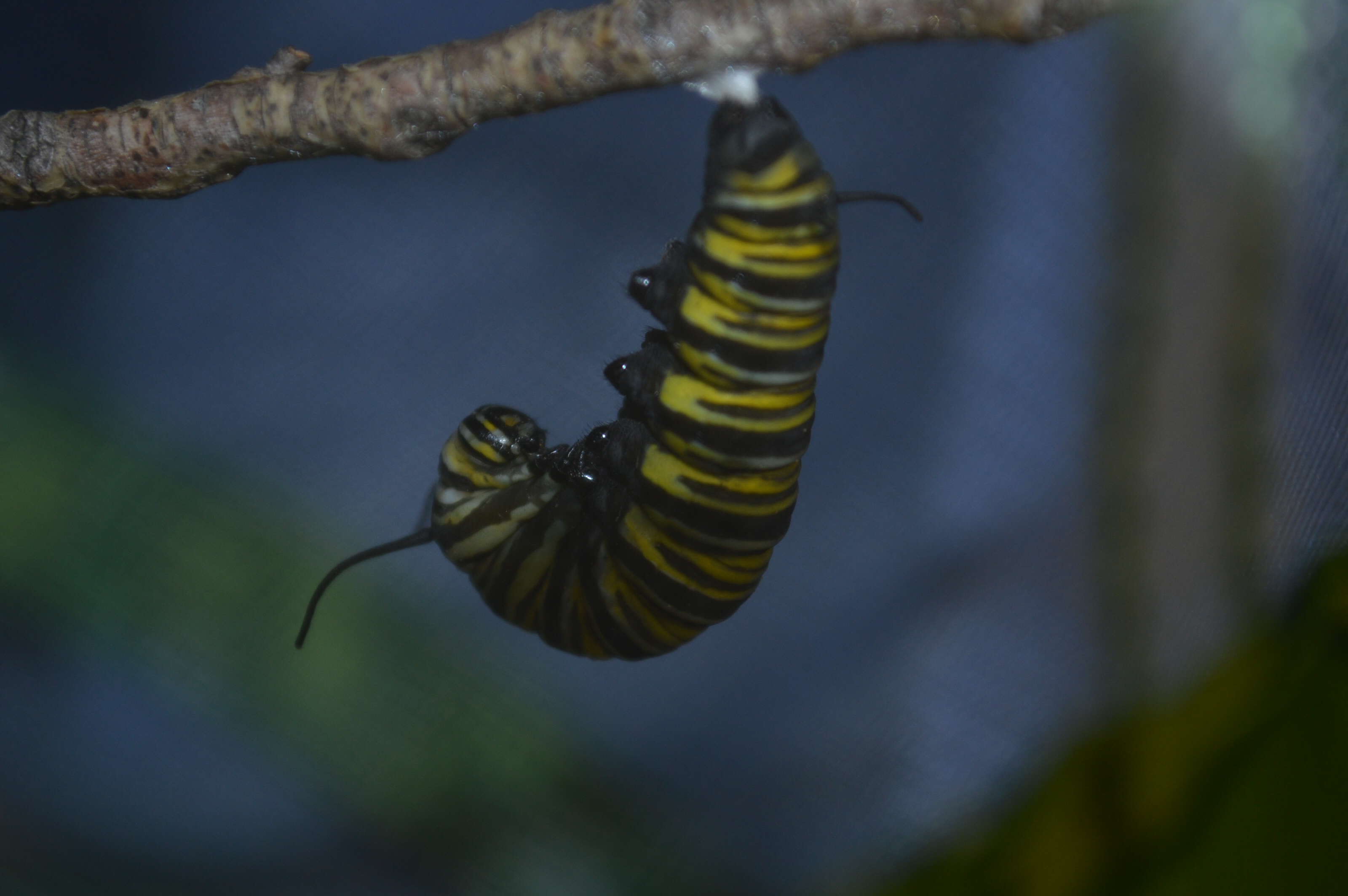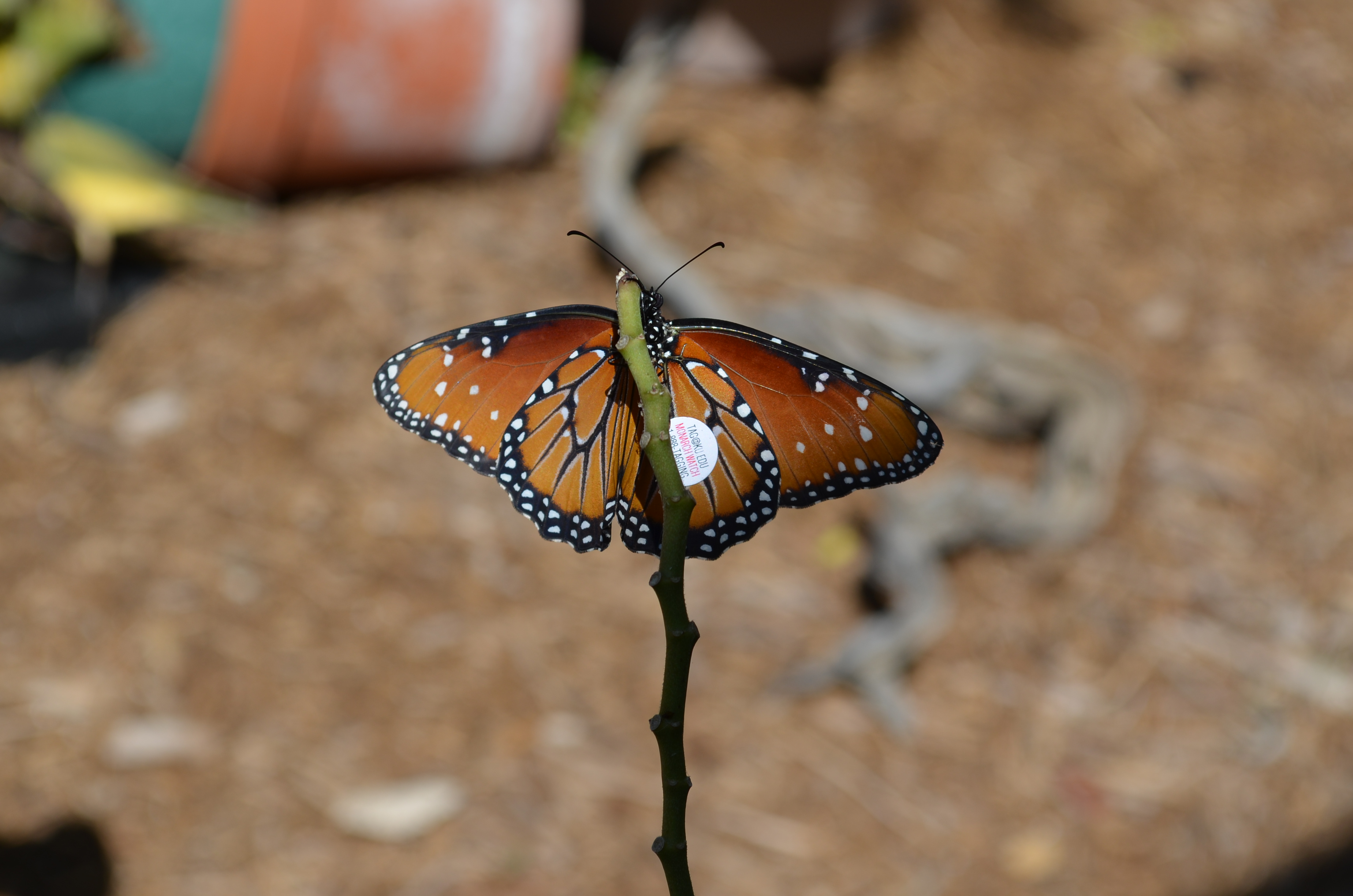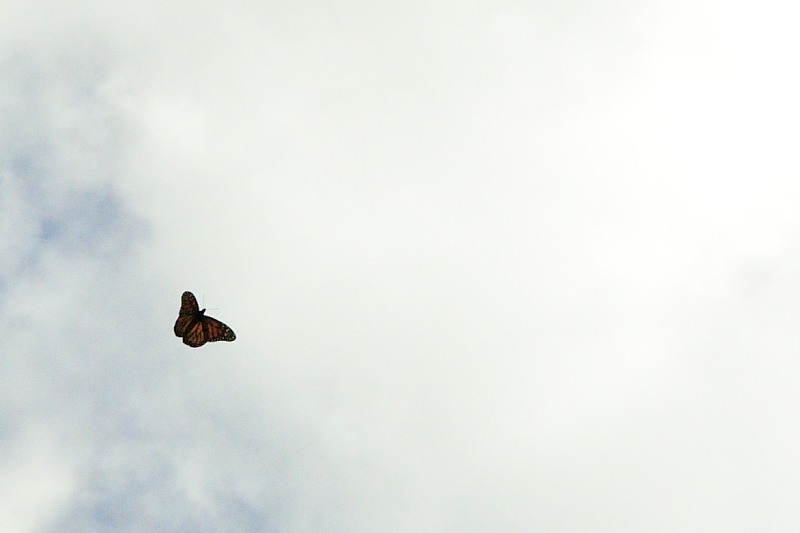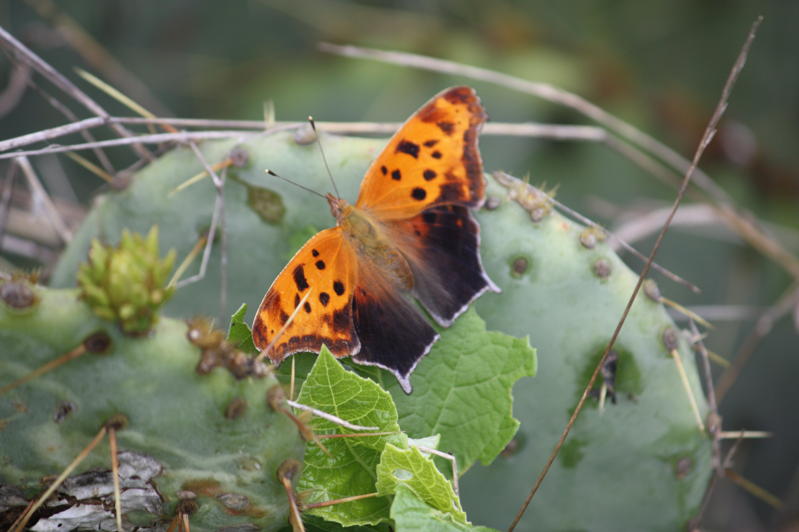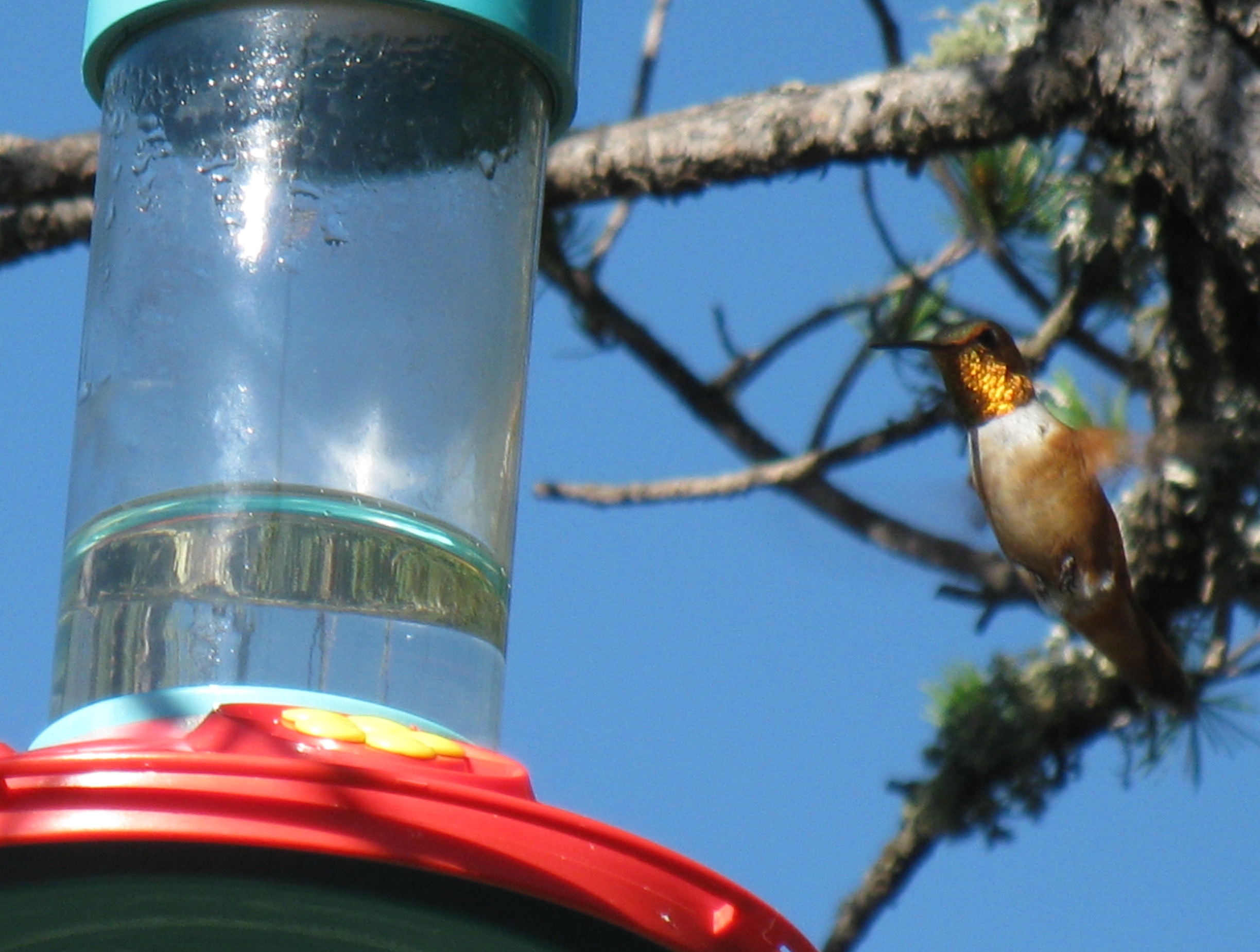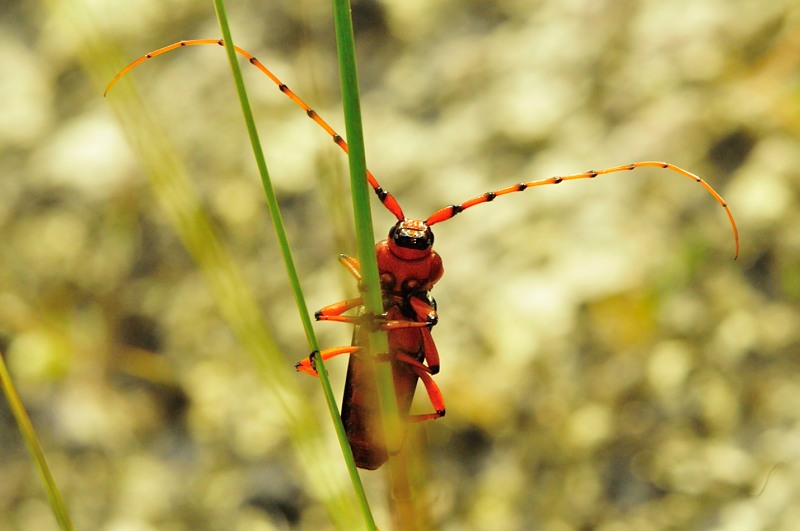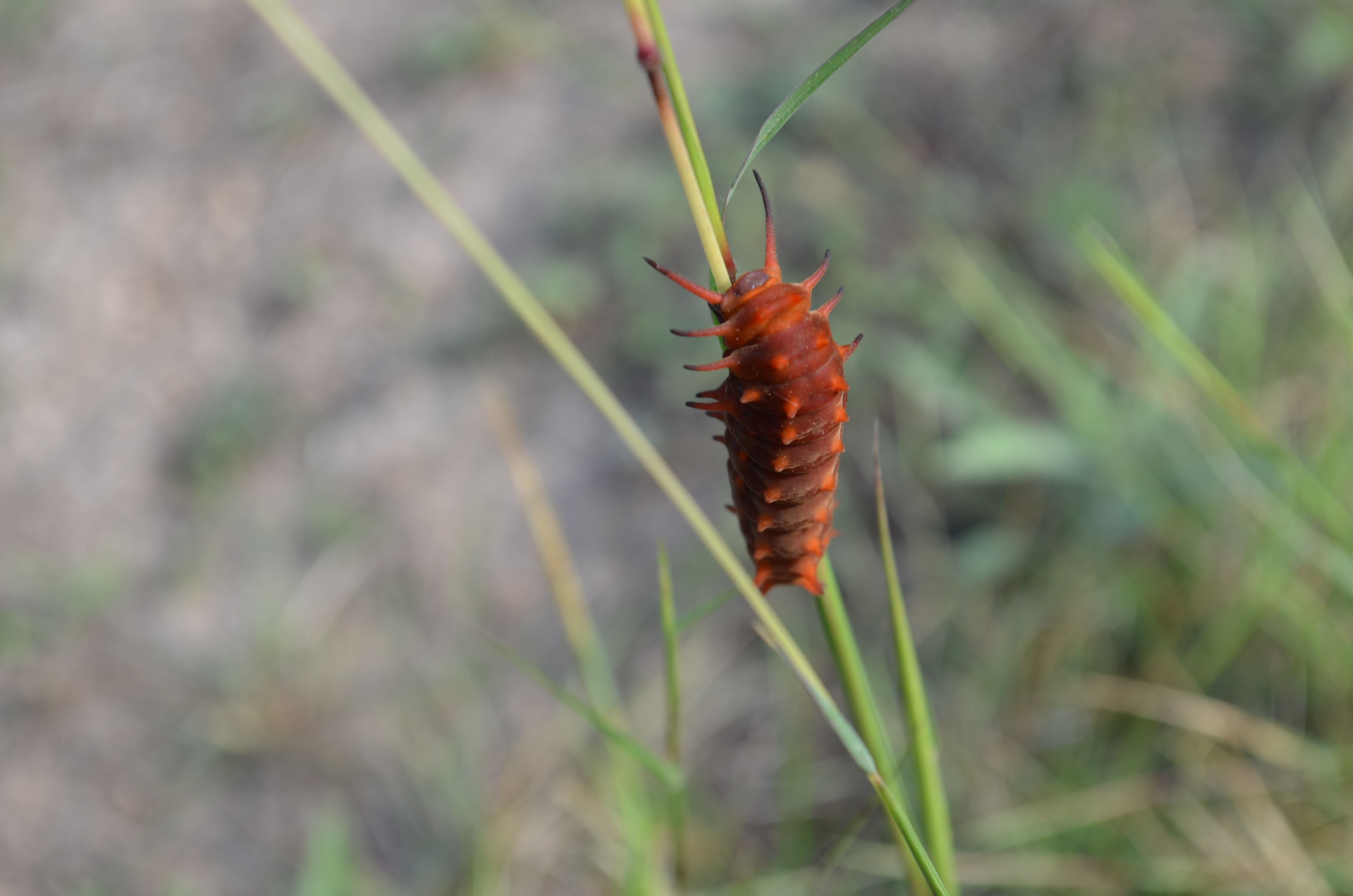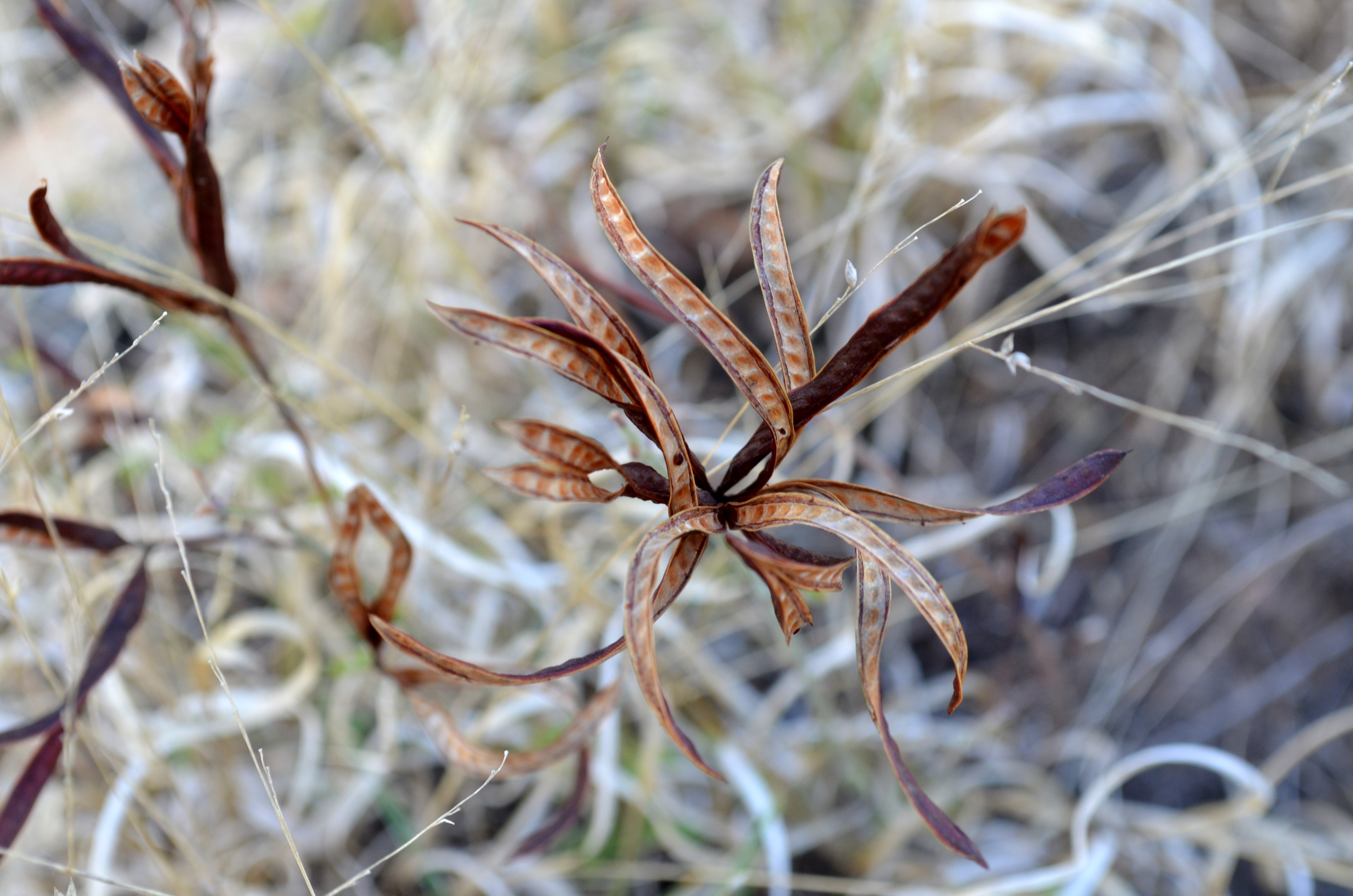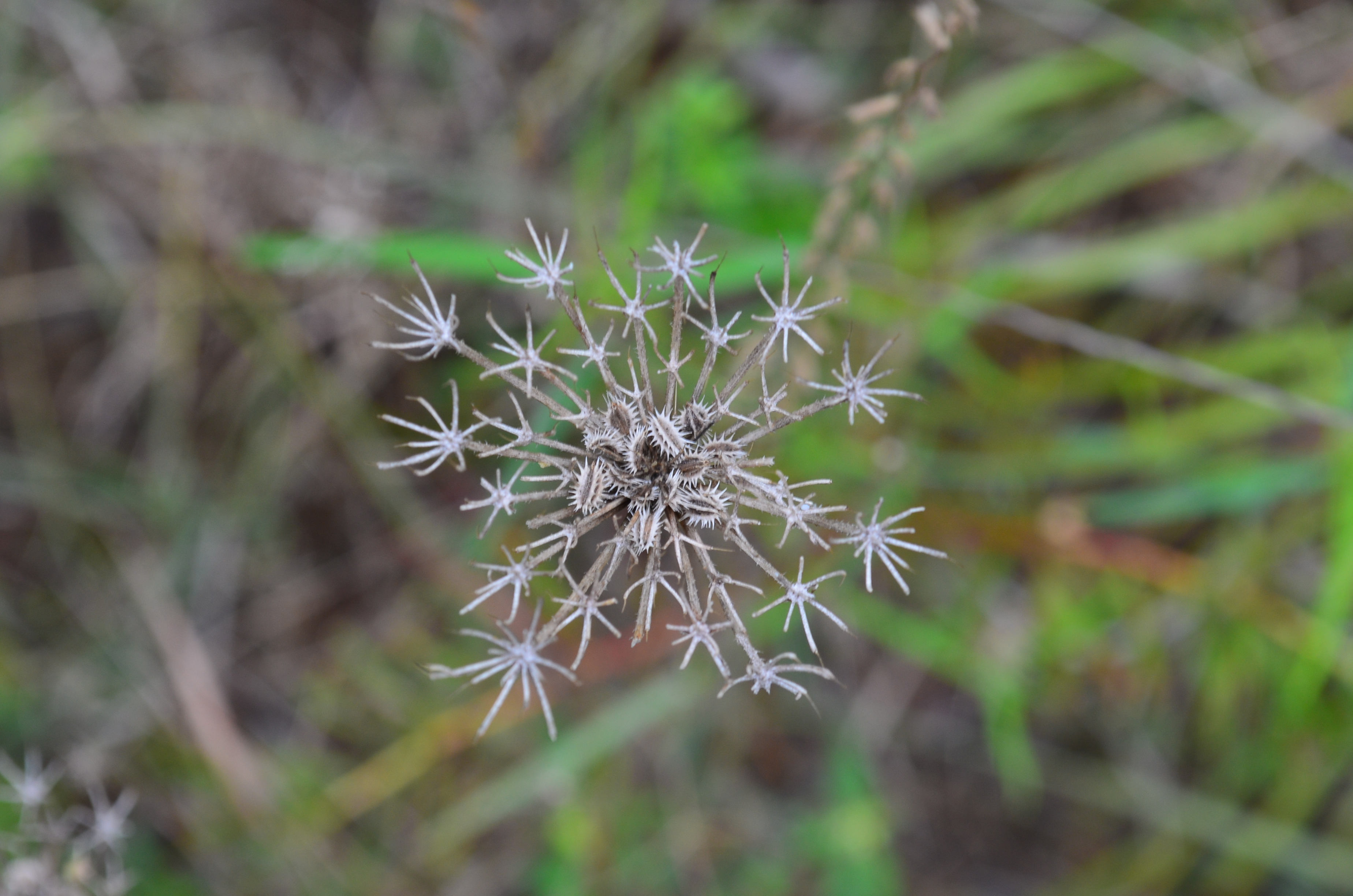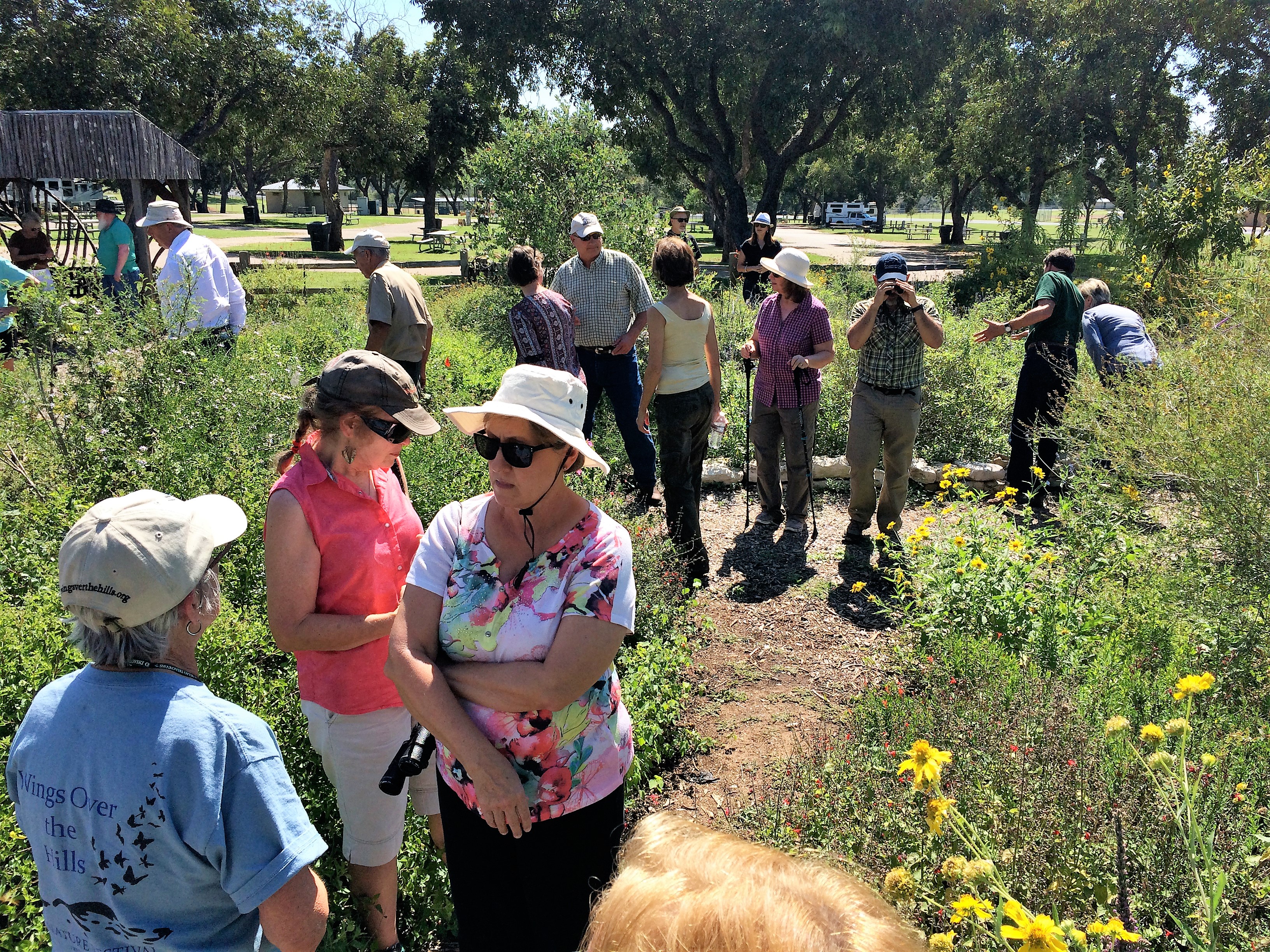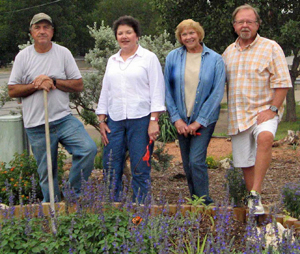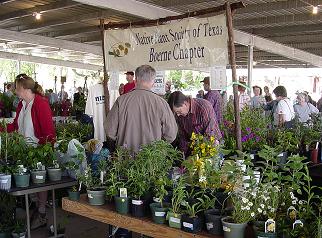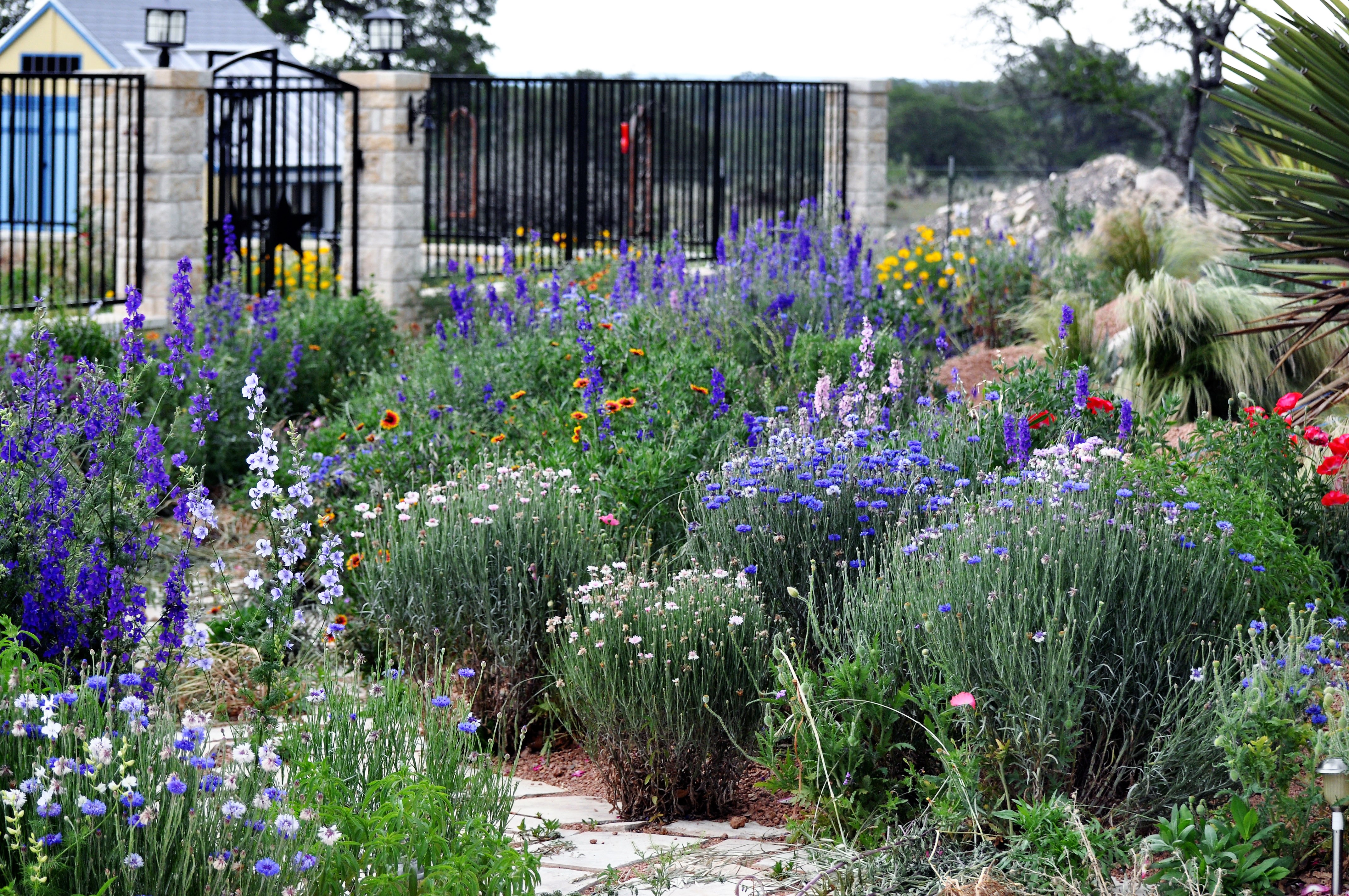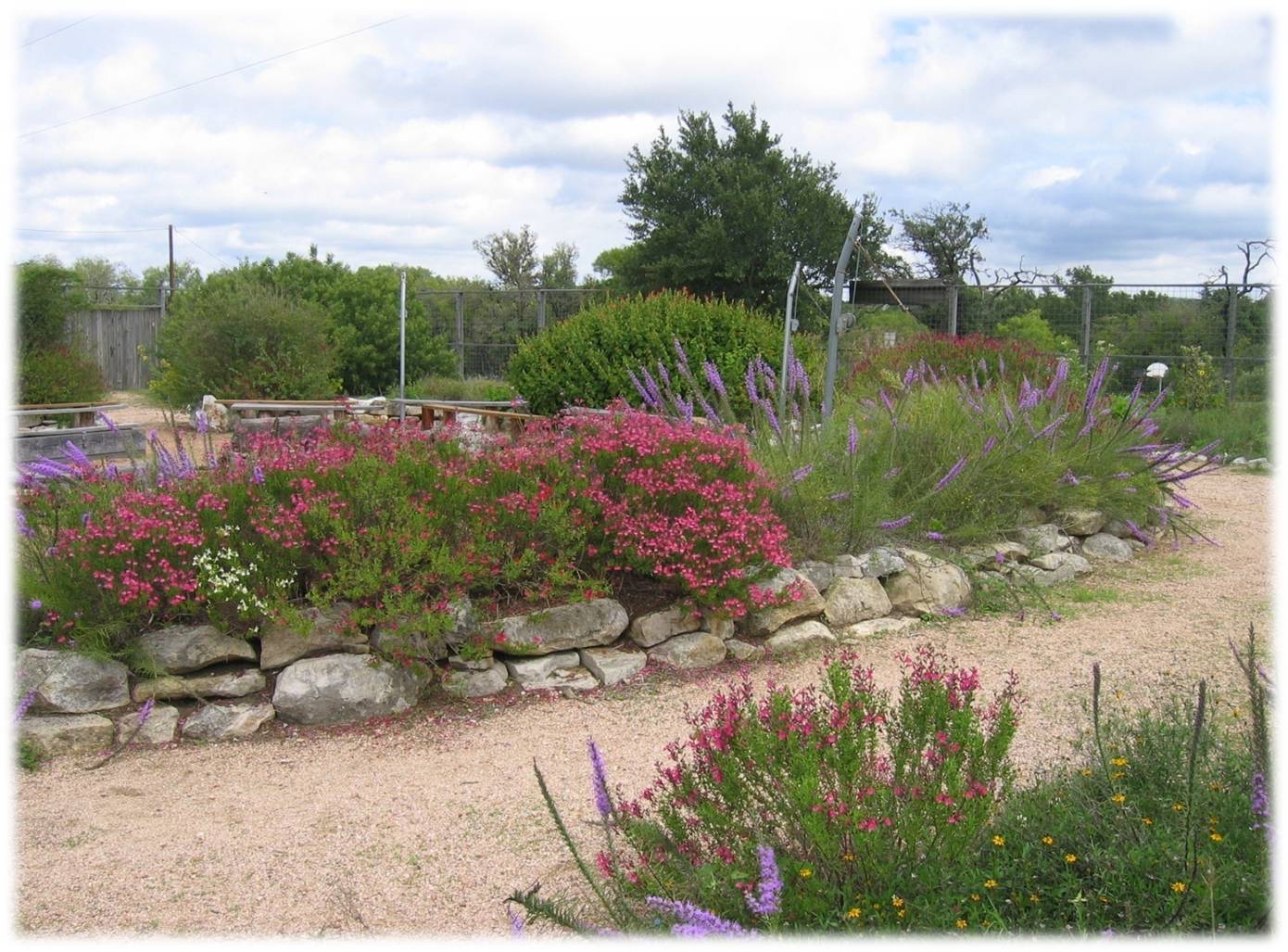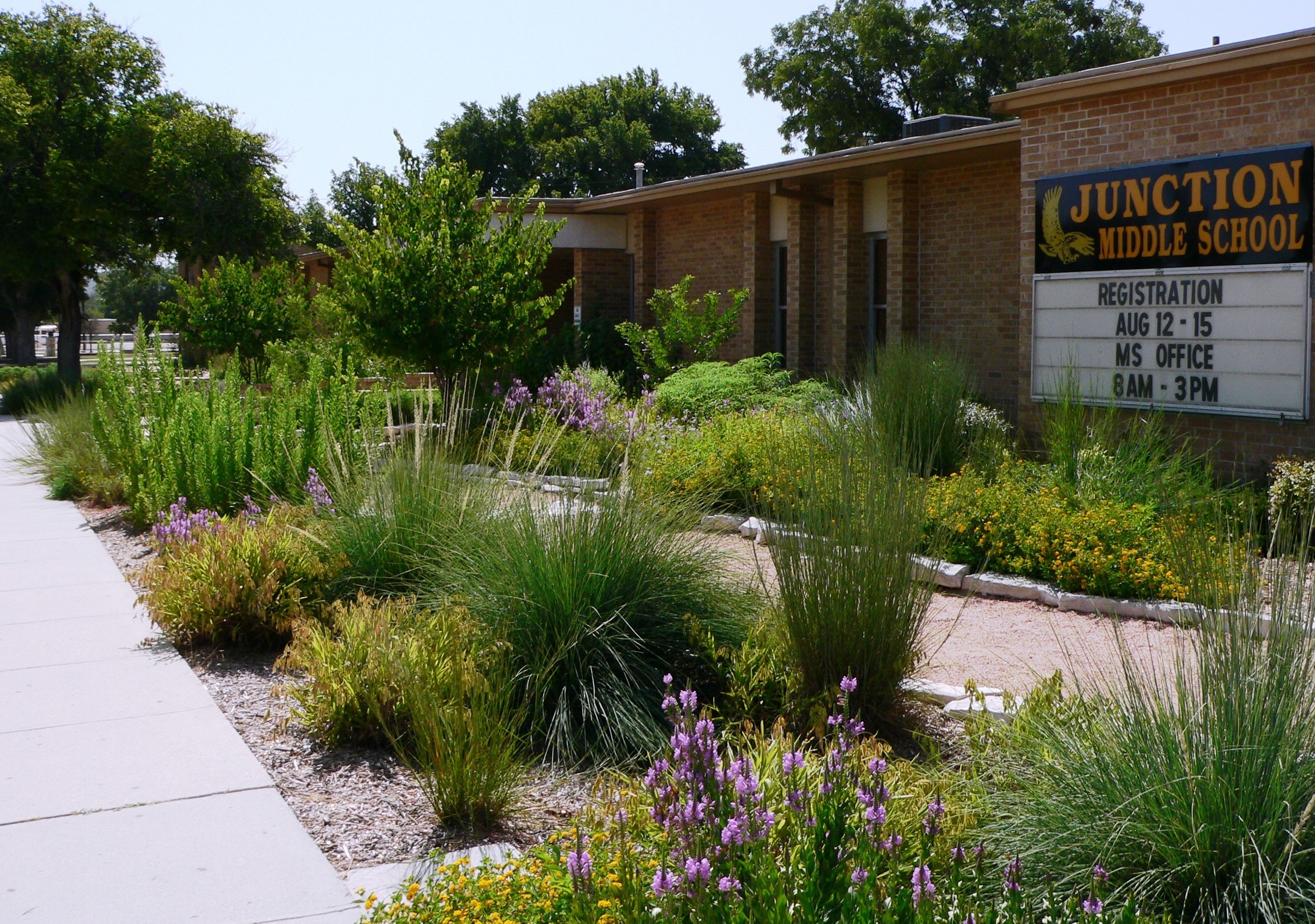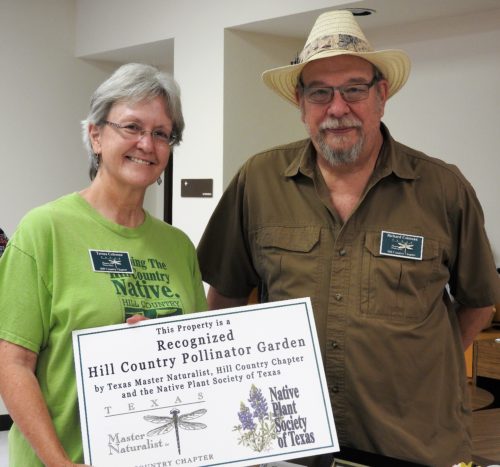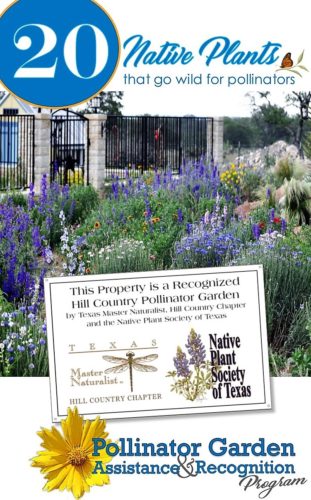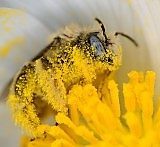

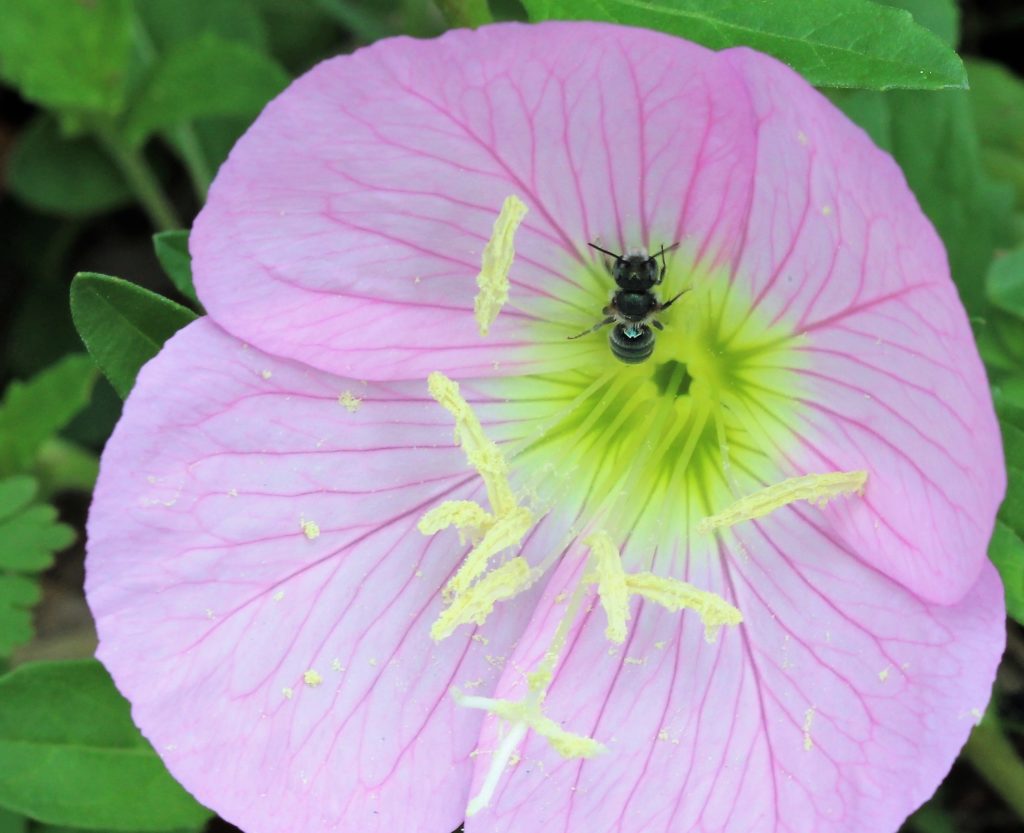
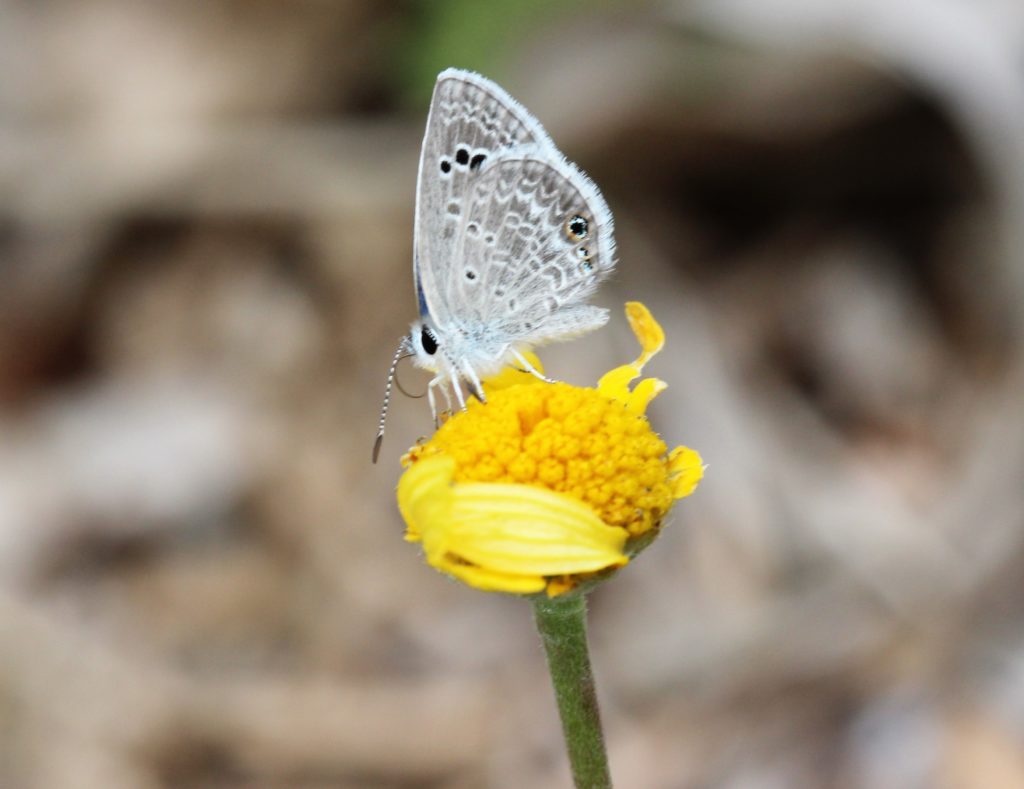
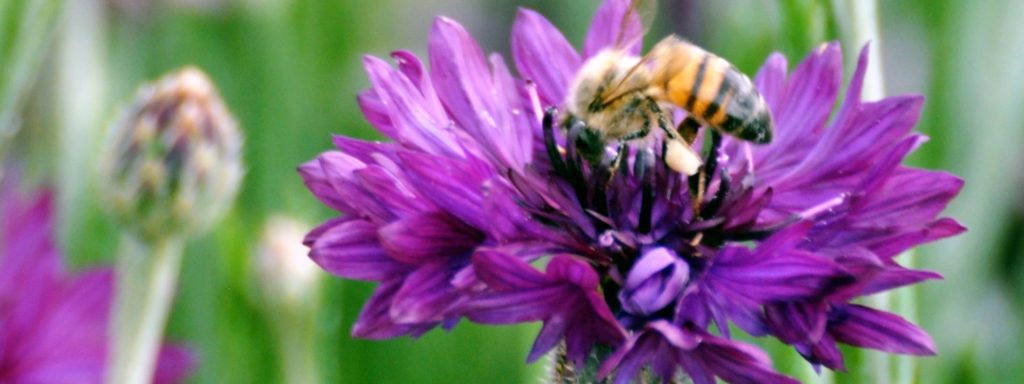
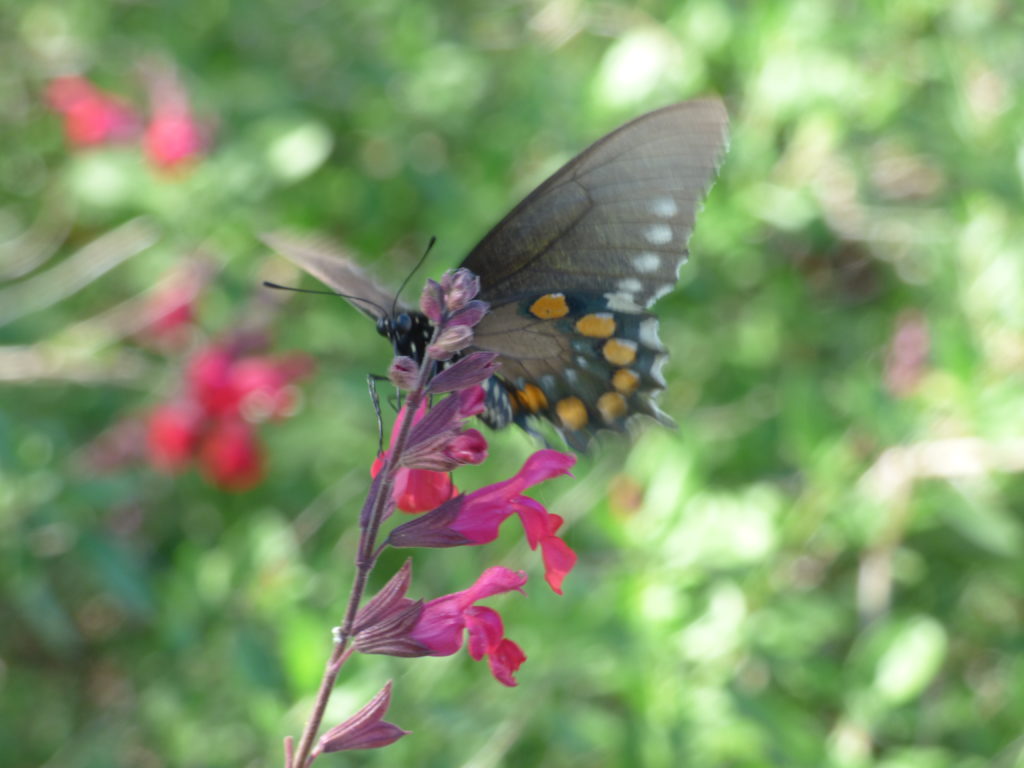
The Pollinator Garden Assistance and Recognition Program is a joint project with a network of Texas Master Naturalist and Native Plant Society (NPSOT) volunteers who educate local homeowners, groups, institutions, and organizations about the importance of native plants and habitat in our unique Hill Country environment.
We help plan native pollinator gardens. Our free service includes a site visit, discussion, and advice.
The program’s volunteers advise gardeners who wish to plant pollinator gardens which provide nectar and habitat for native pollinators: bees, butterflies, moths, beetles, and hummingbirds.
We discuss garden plans, recommend plants that will grow best on the site, provide advice and encouragement, and recognize and reward gardeners’ important contributions to pollinator conservation.
The Pollinator Garden Assistance and Recognition Program’s Pollinator Champion Team presents certificates of recognition to pollinator gardeners during Hill Country Chapter and NPSOT meetings.
“It’s easy to plant a pollinator garden anywhere – at home, school, business, or church – and it doesn’t have to be a large garden. A chain of little gardens throughout the area will provide food and habitat for native pollinators.” Pam Lienhard, Texas Master Naturalist, Hill Country Chapter
Pollinator Garden Assistance and Recognition Program
 Why: Loss of habitat and overuse of pesticides are detrimental to the nectar plants used by pollinators essential to our food sources and the beauty of the Texas Hill Country.
Why: Loss of habitat and overuse of pesticides are detrimental to the nectar plants used by pollinators essential to our food sources and the beauty of the Texas Hill Country.
Who: The program is open to Hill Country residents with existing gardens as well as those establishing new gardens.
Where: Texas Master Naturalist, Hill Country Chapter’s ten-county region: Bandera, Edwards, Gillespie, Kendall, Kerr, Kimble, Mason, Menard, Real, and San Saba counties.
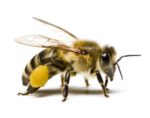
Pollinator Champion Criteria
Pollinator gardens must meet minimum and select requirements to qualify for recognition.
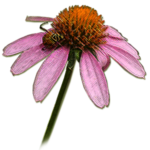 Plants and Pollinators Lists
Plants and Pollinators Lists
The Texas Hill Country is home to many native plants that bloom at various times of the year and support native pollinators.
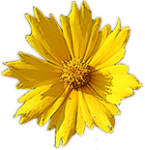 Native Plant Nurseries
Native Plant Nurseries
Area nurseries may offer native plants and seeds. Local organizations also hold seasonal native plant sales.
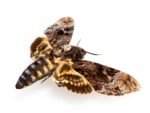 Pollinator Resources
Pollinator Resources
Literature and websites are great resources for planning pollinator gardens.
We love to talk pollinators and native plants. Give us a buzz at [email protected]
Pollinator Champion garden requirements:
Minimum Requirements for new gardens (must meet all):
- Minimum of approximately 100 square feet total planting area, no larger than 5500 square feet (1/8 acre).
- Minimum of approximately 100 square feet total planting area or larger for existing gardens.
- Flowering plants available to pollinators at least nine months of the year.
- Selective use of pesticides, herbicides, or insecticides in or around the pollinator garden to minimize environmental impact.
- Plant mix of no less than 75% native and no more than 25% non-native plants.
Additional Requirements (meet at least five):
Suitable Pollinator Habitat
- Bare ground area with no mulch or stone for native bees
- Crevices in walls
- Dry plant stems
- Low hanging limbs for resting spot
- Native bee houses
- Rock piles
- Snags
- Stacked logs
- Un-mown area for overwintering pollinators
Supplemental Food and Water
- Birdbath
- Fountain
- Hummingbird feeders
- Pollinator puddles
- Small stream
Other considerations and recommendations:
- Contact 811 before digging to verify location of underground utilities.
- Deer proofing measures
- Wire fencing to exclude small animals.
- Verify planting plans with Home Owners Association if necessary.
- Talk to your friends and neighbors about your pollinator gardens.



